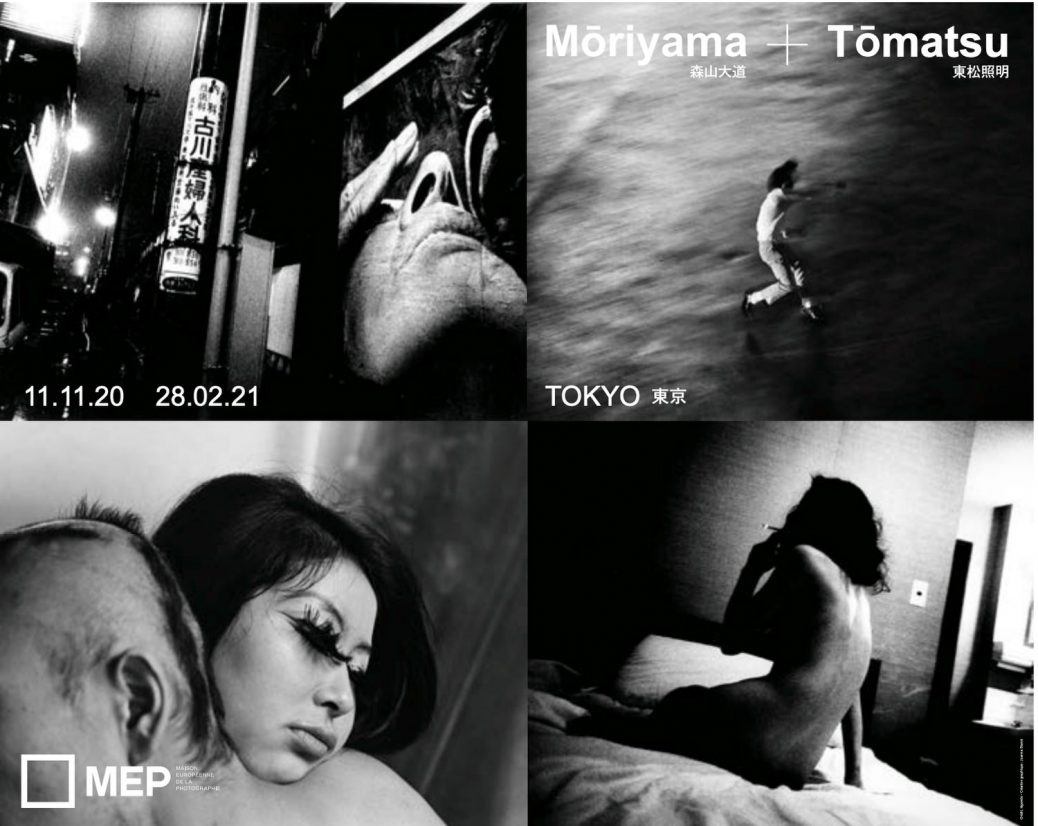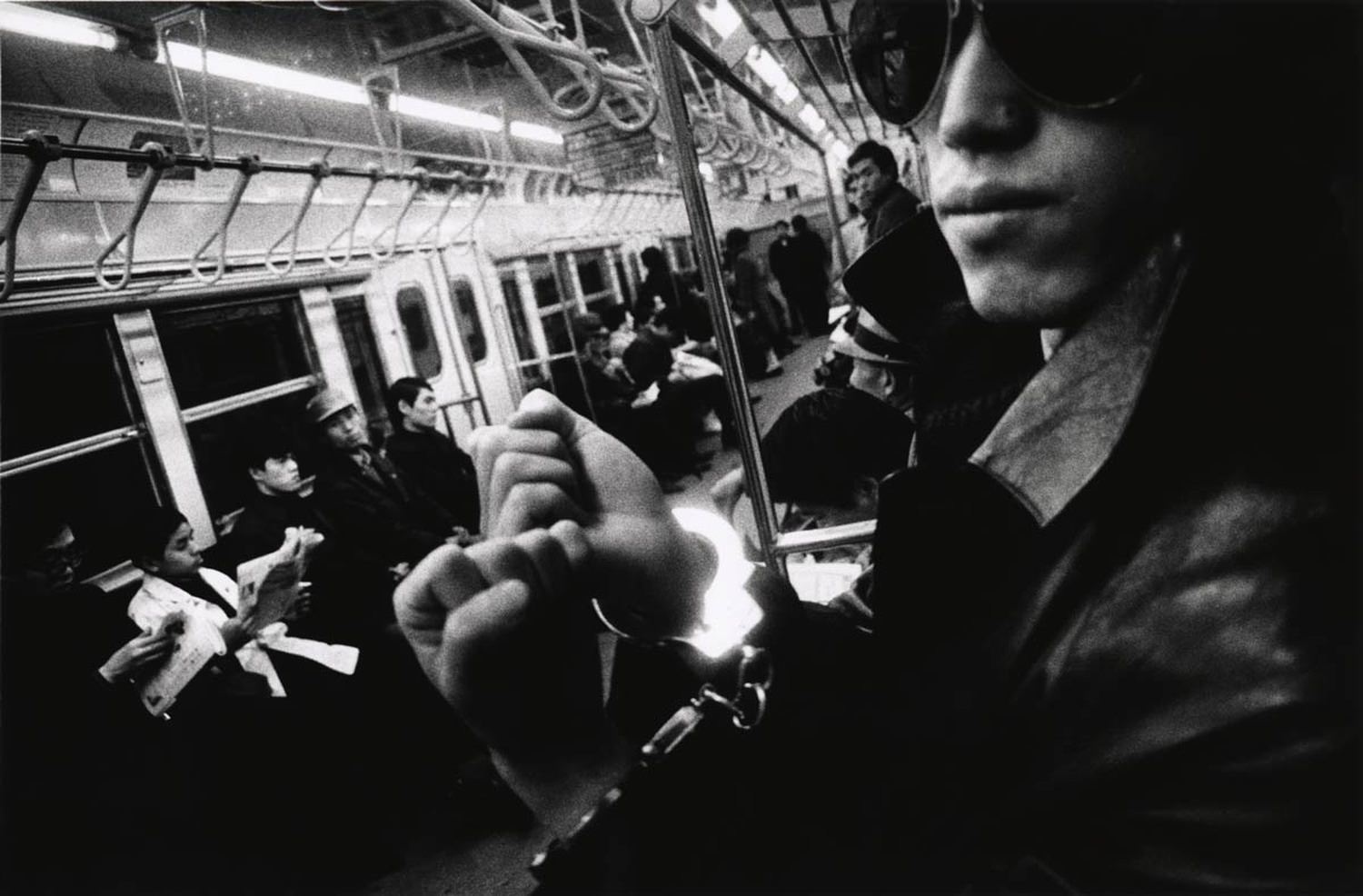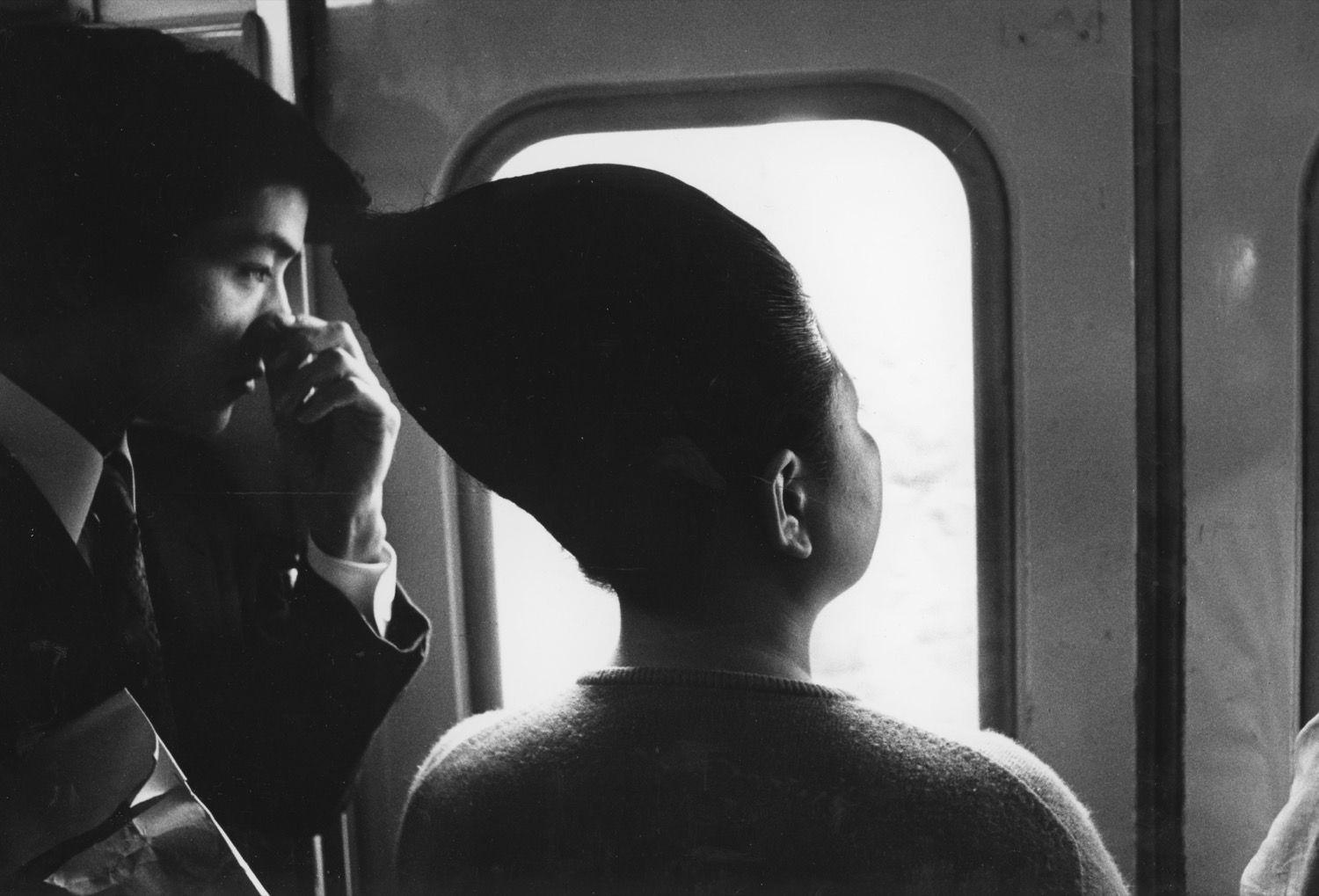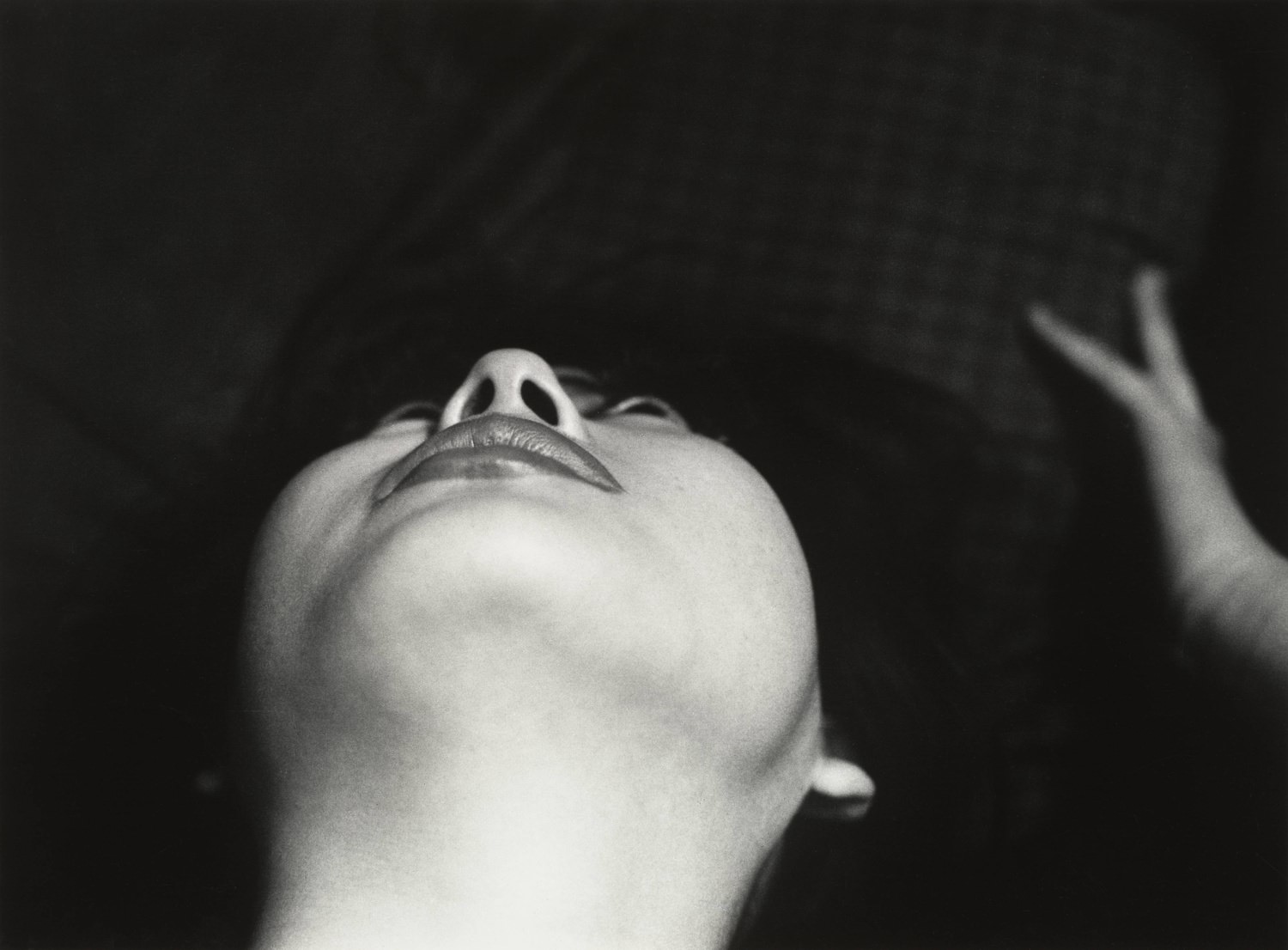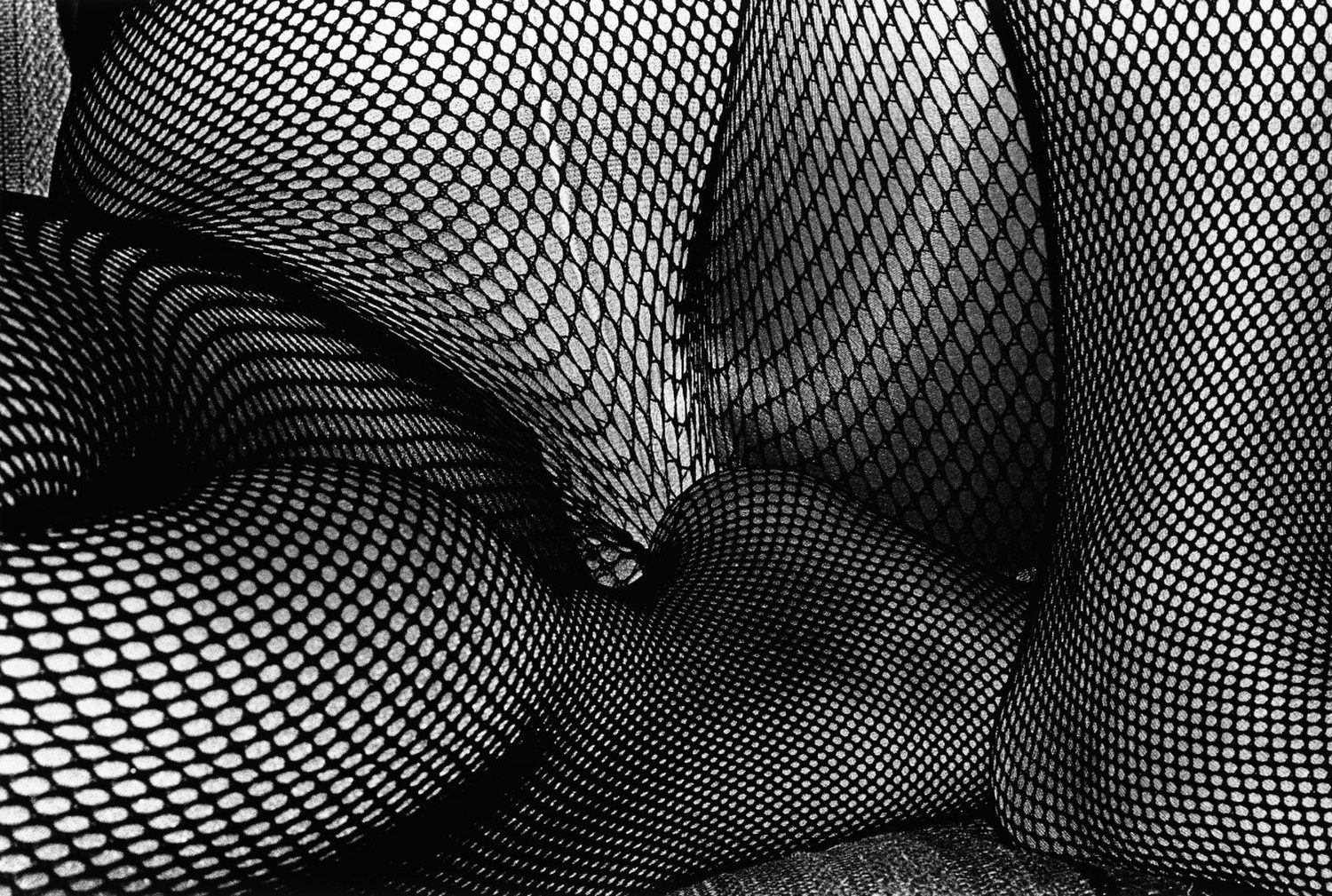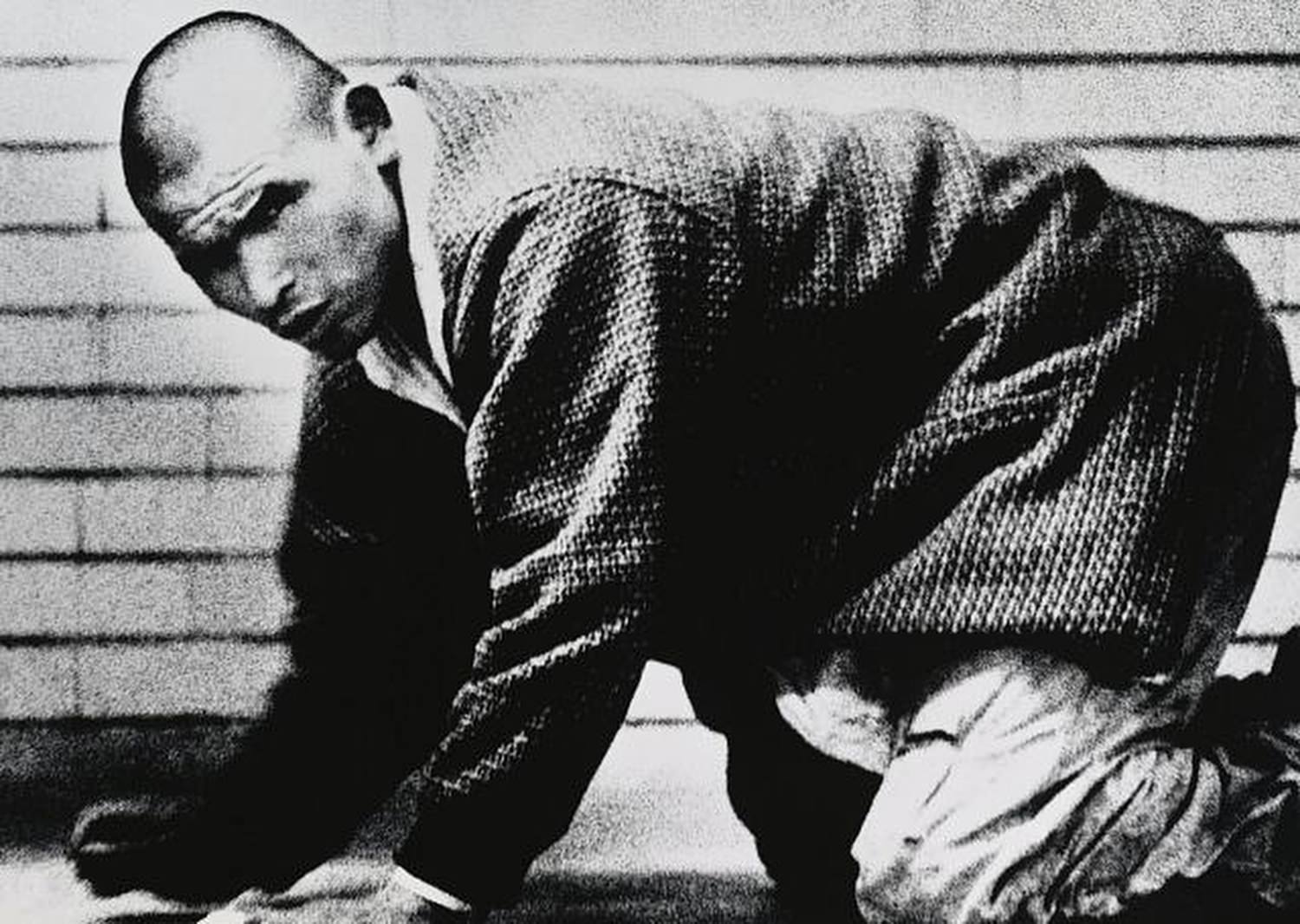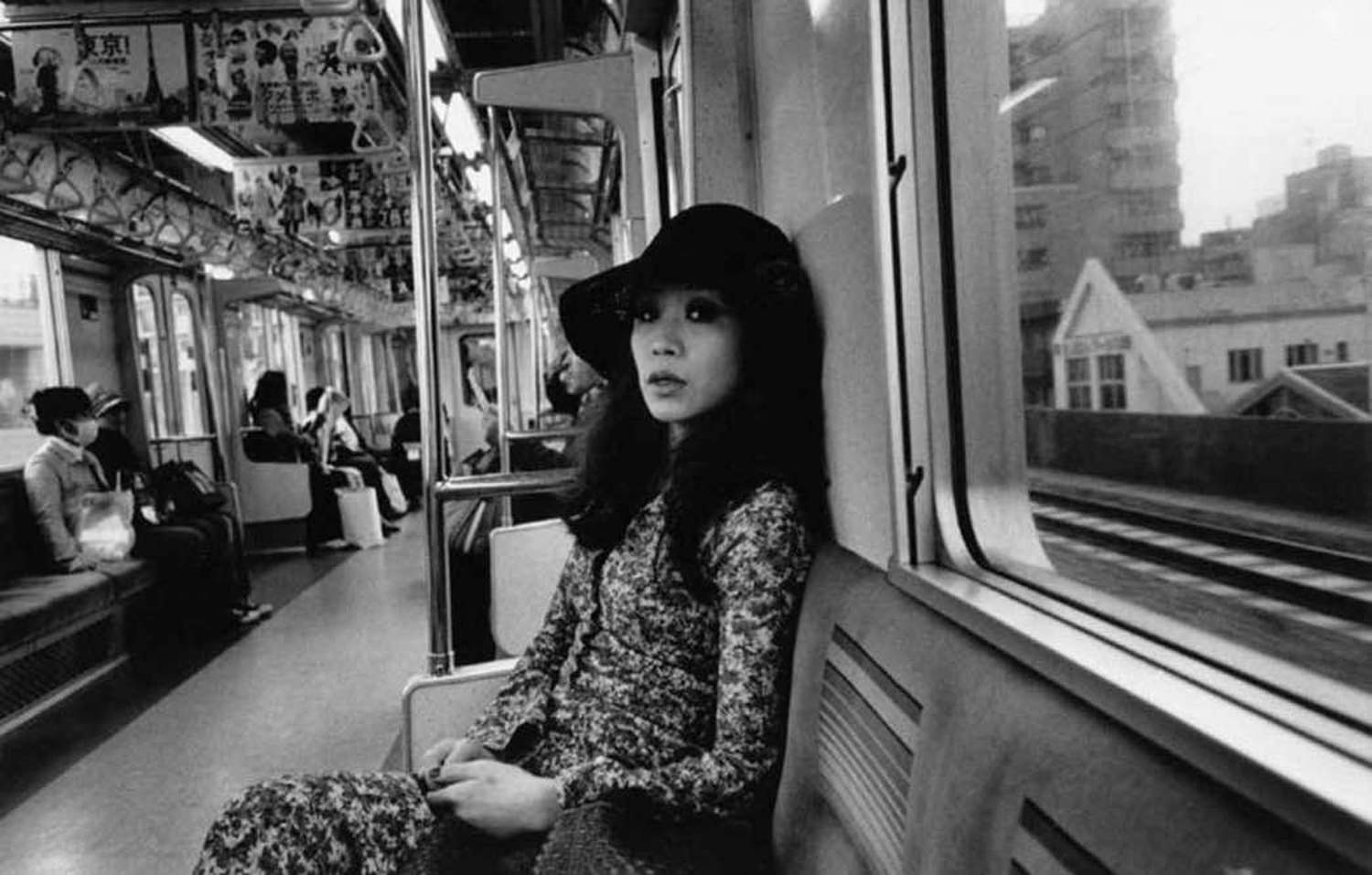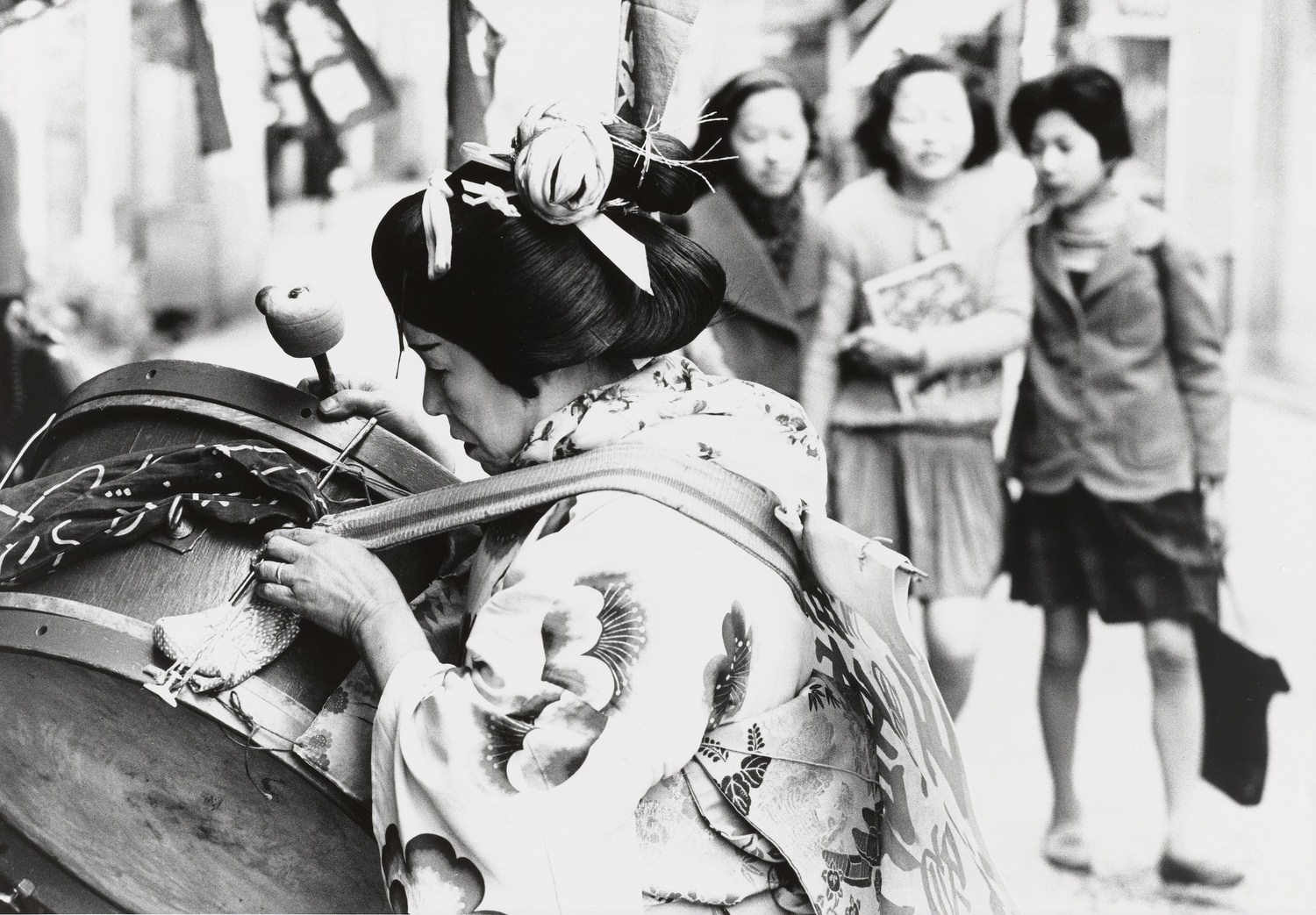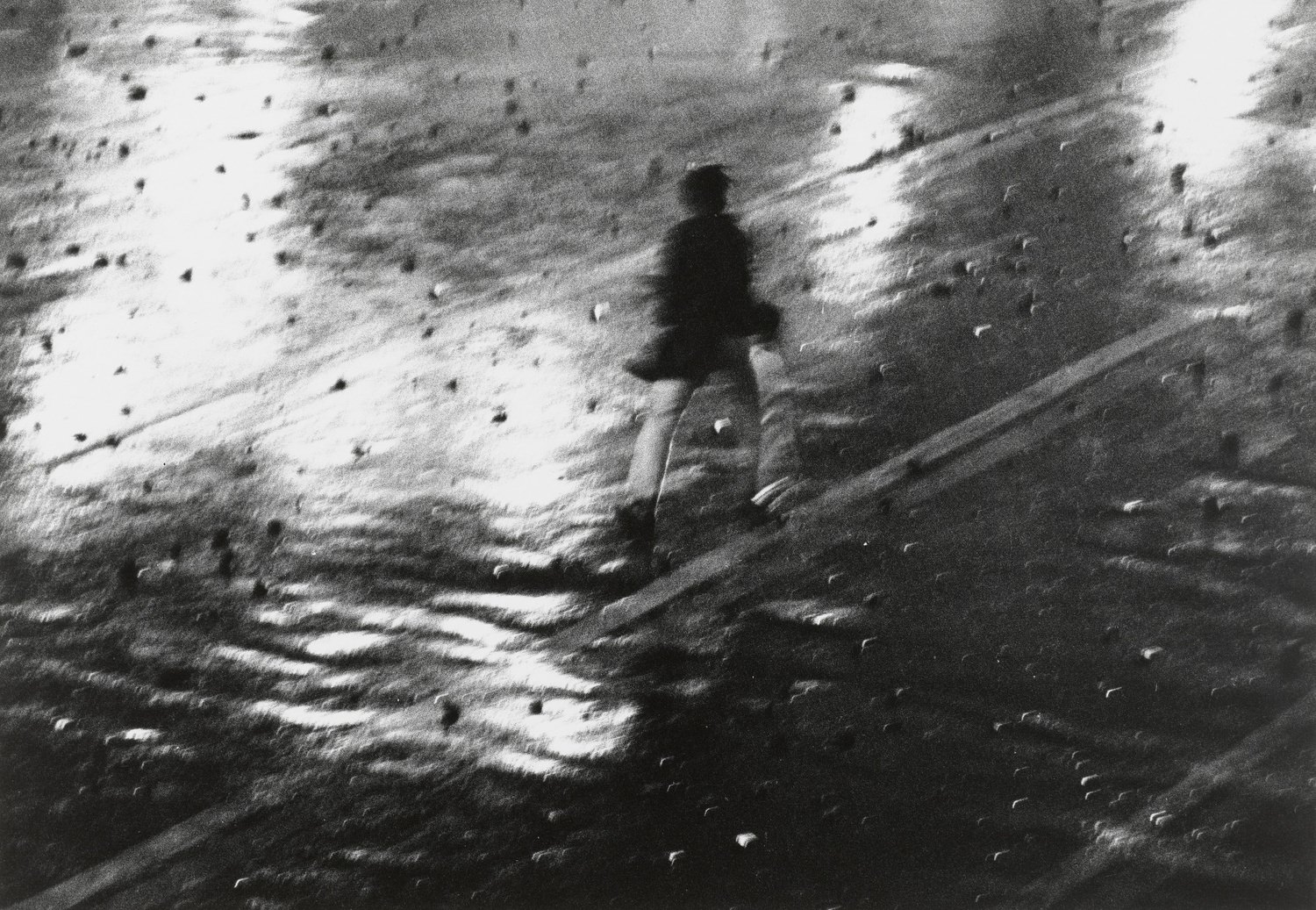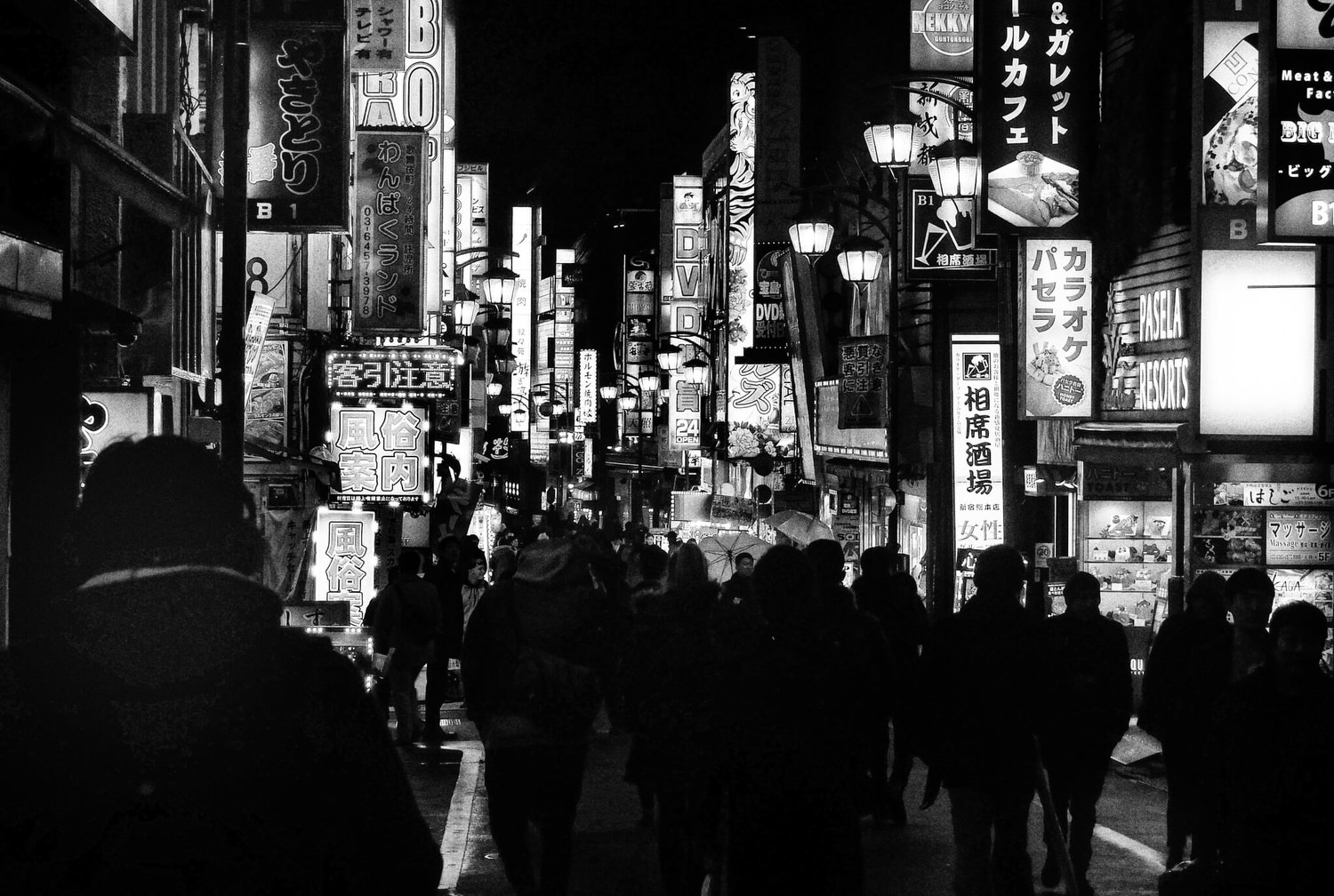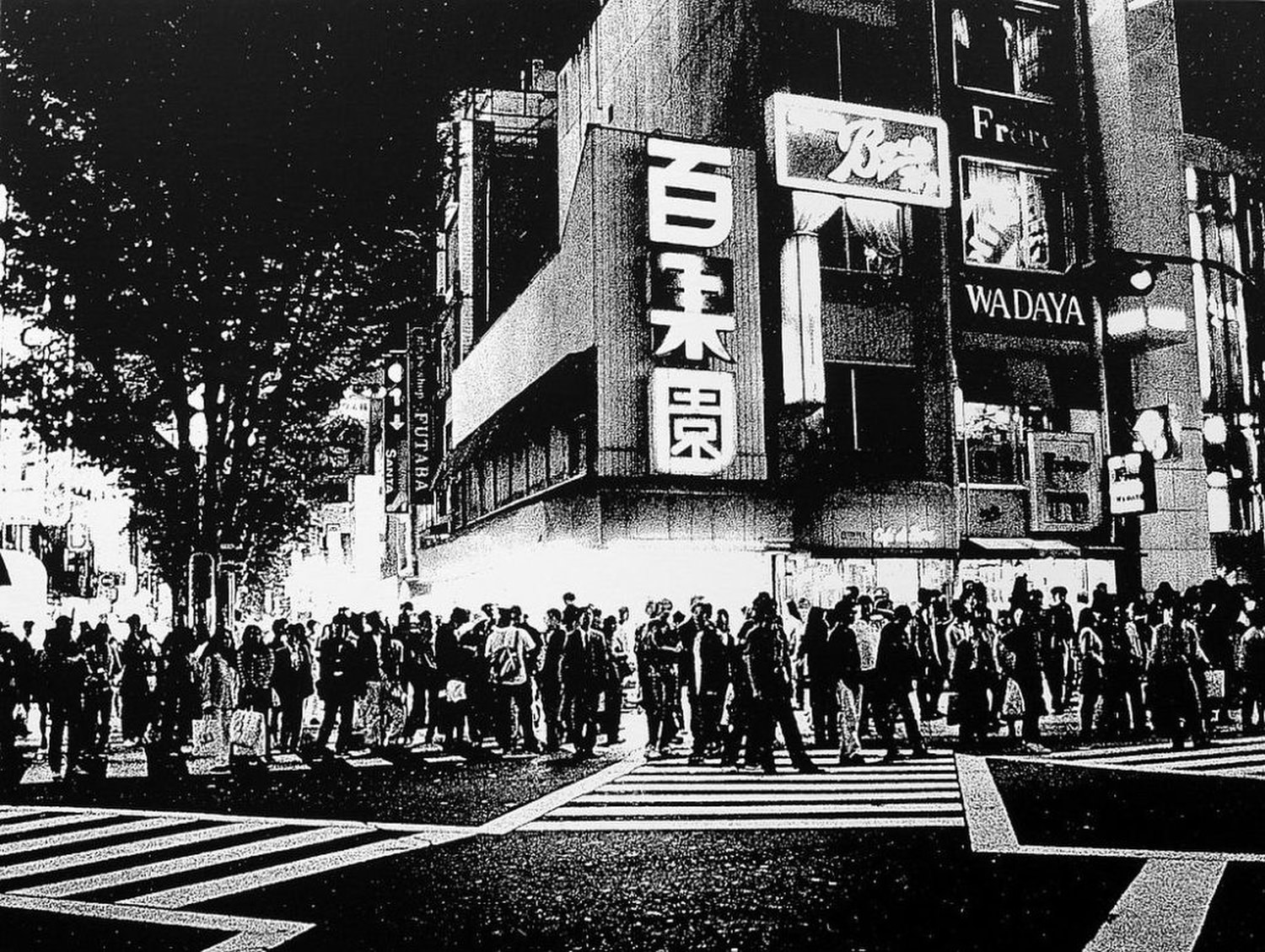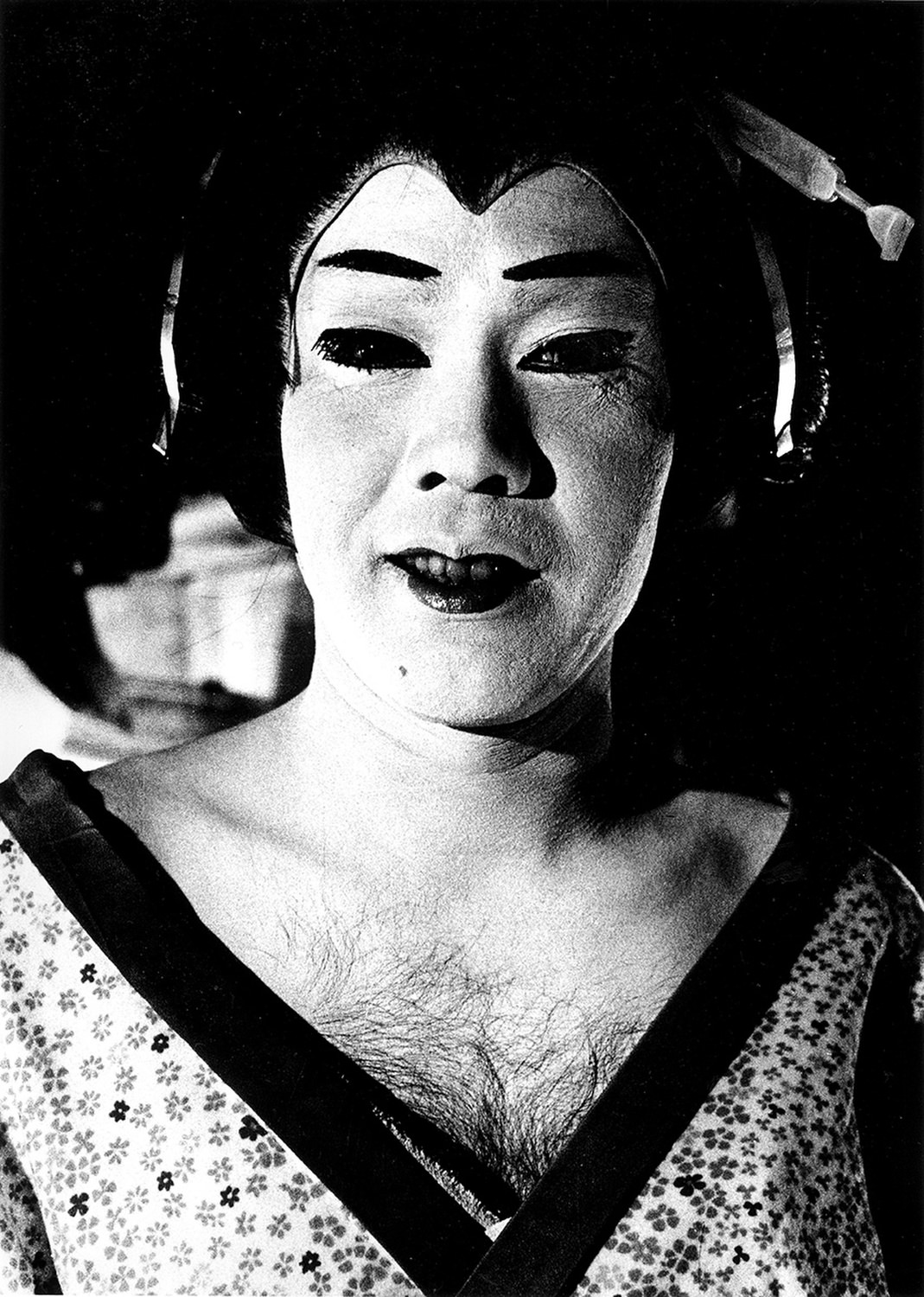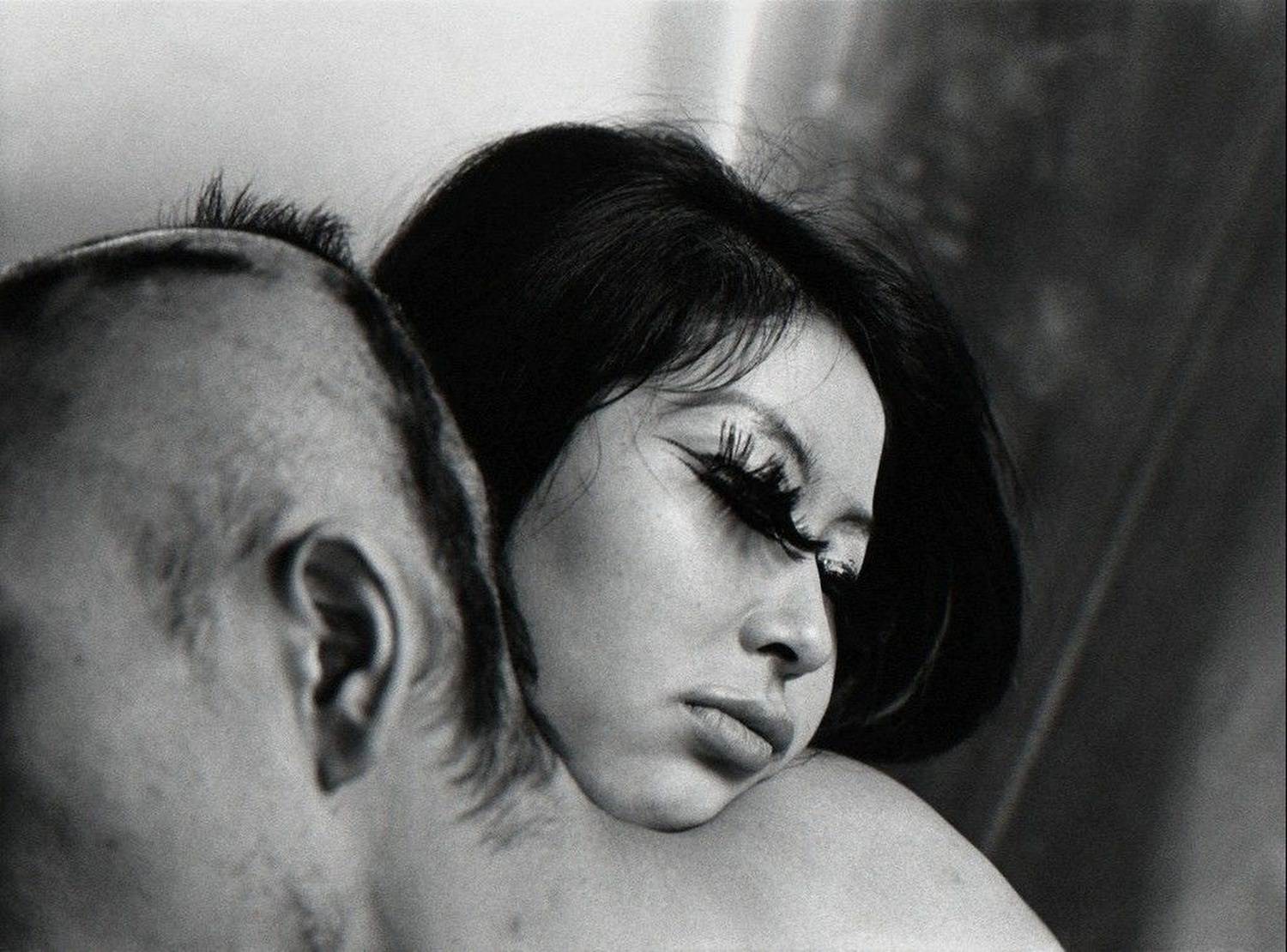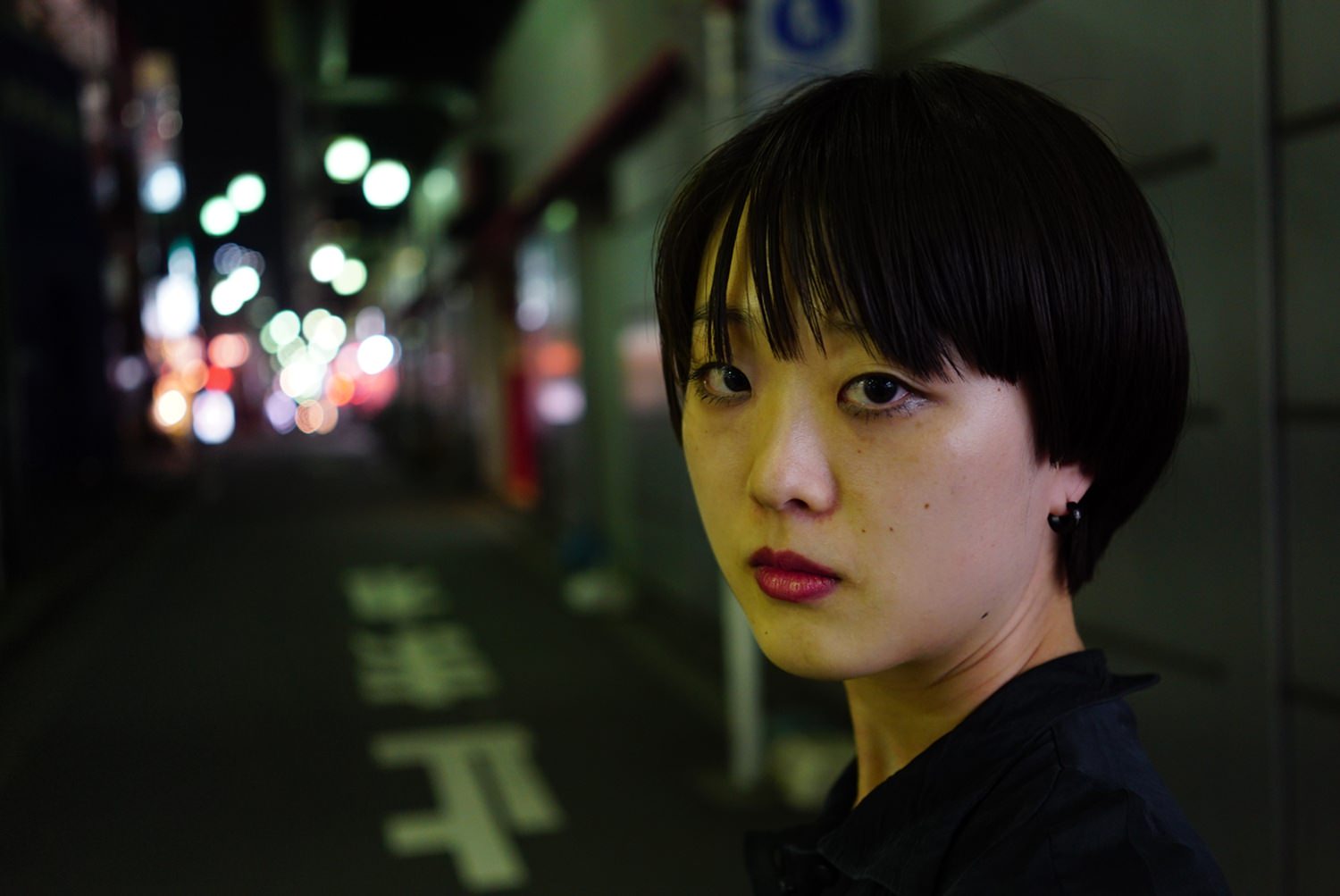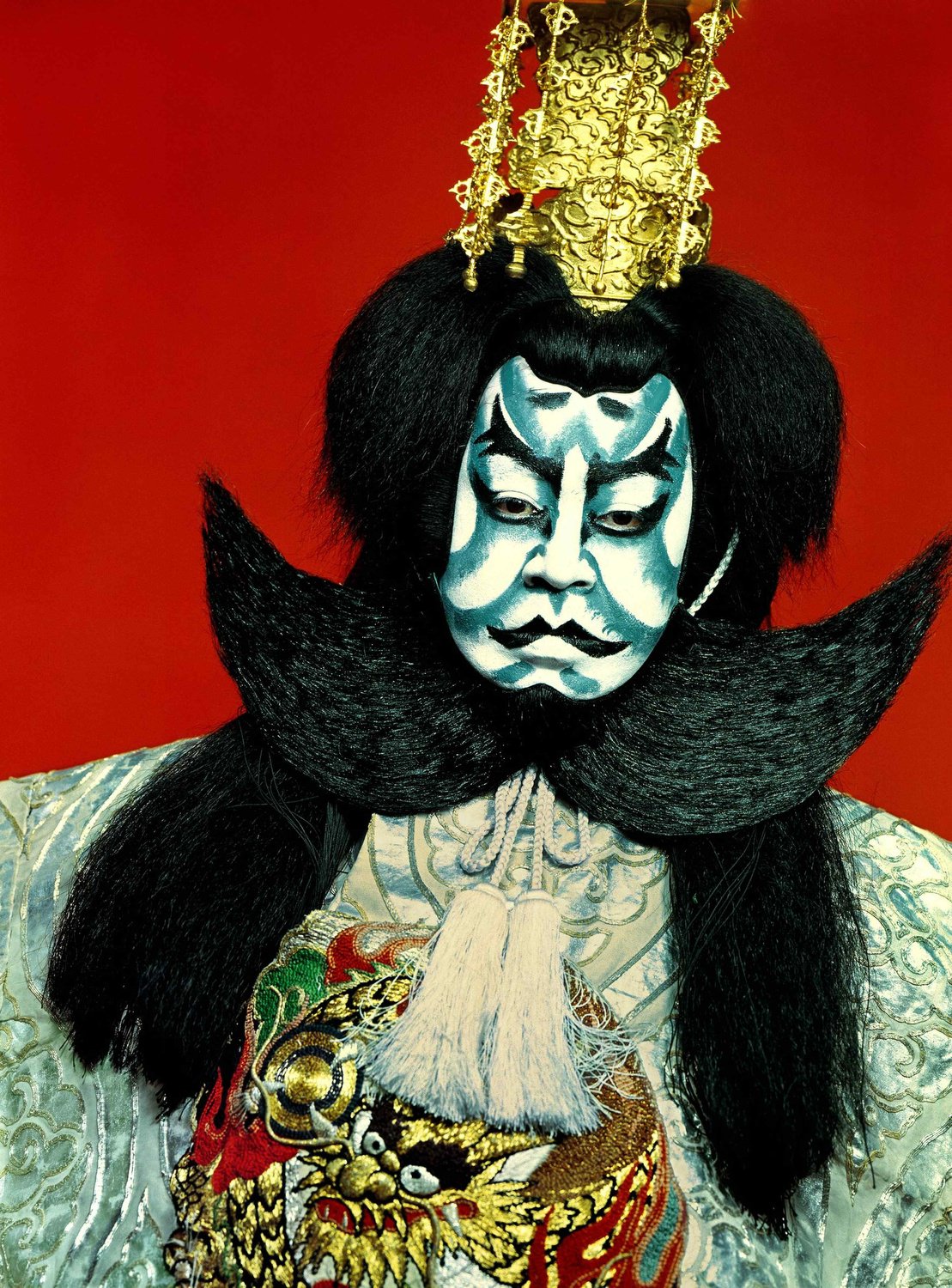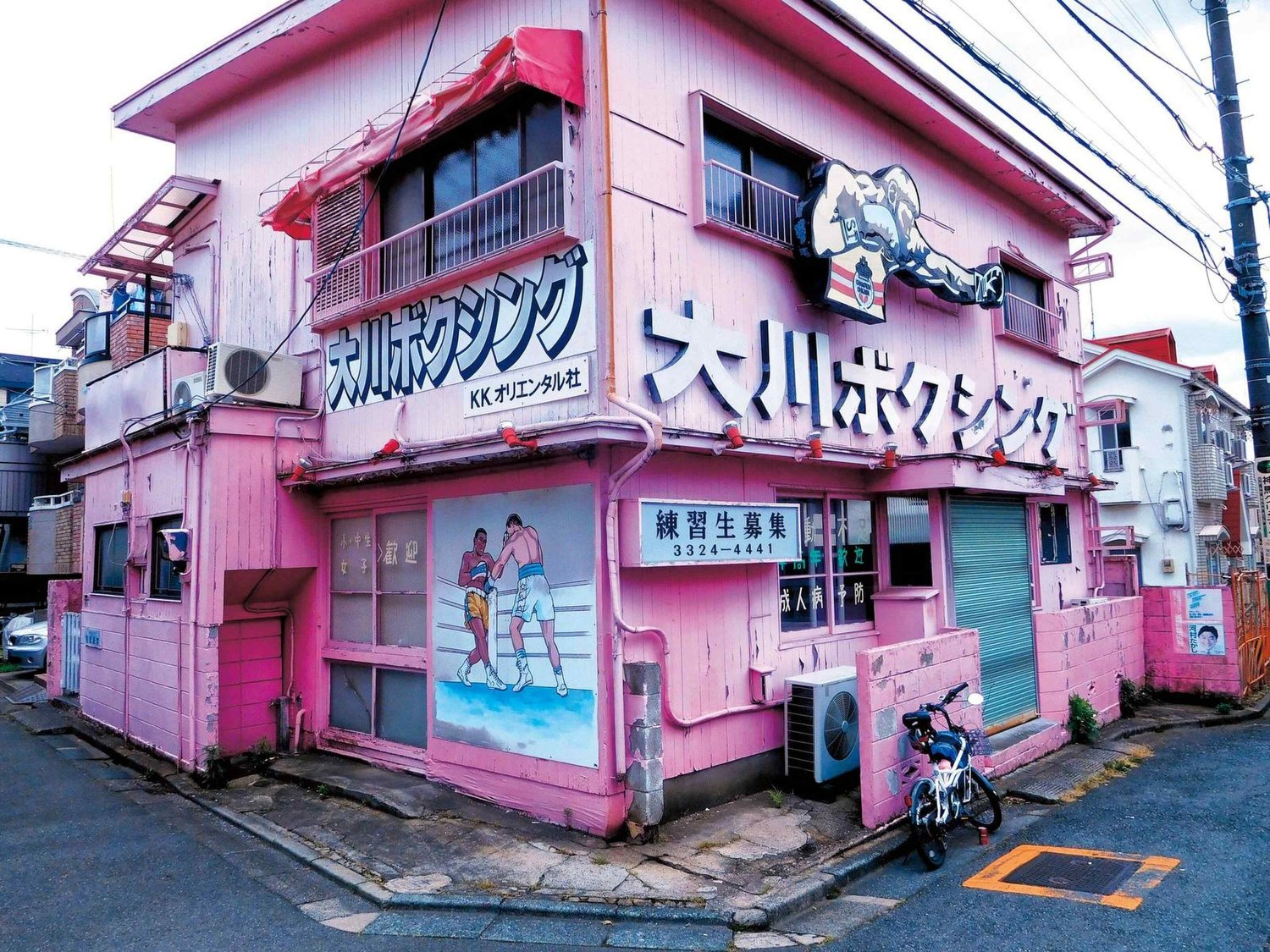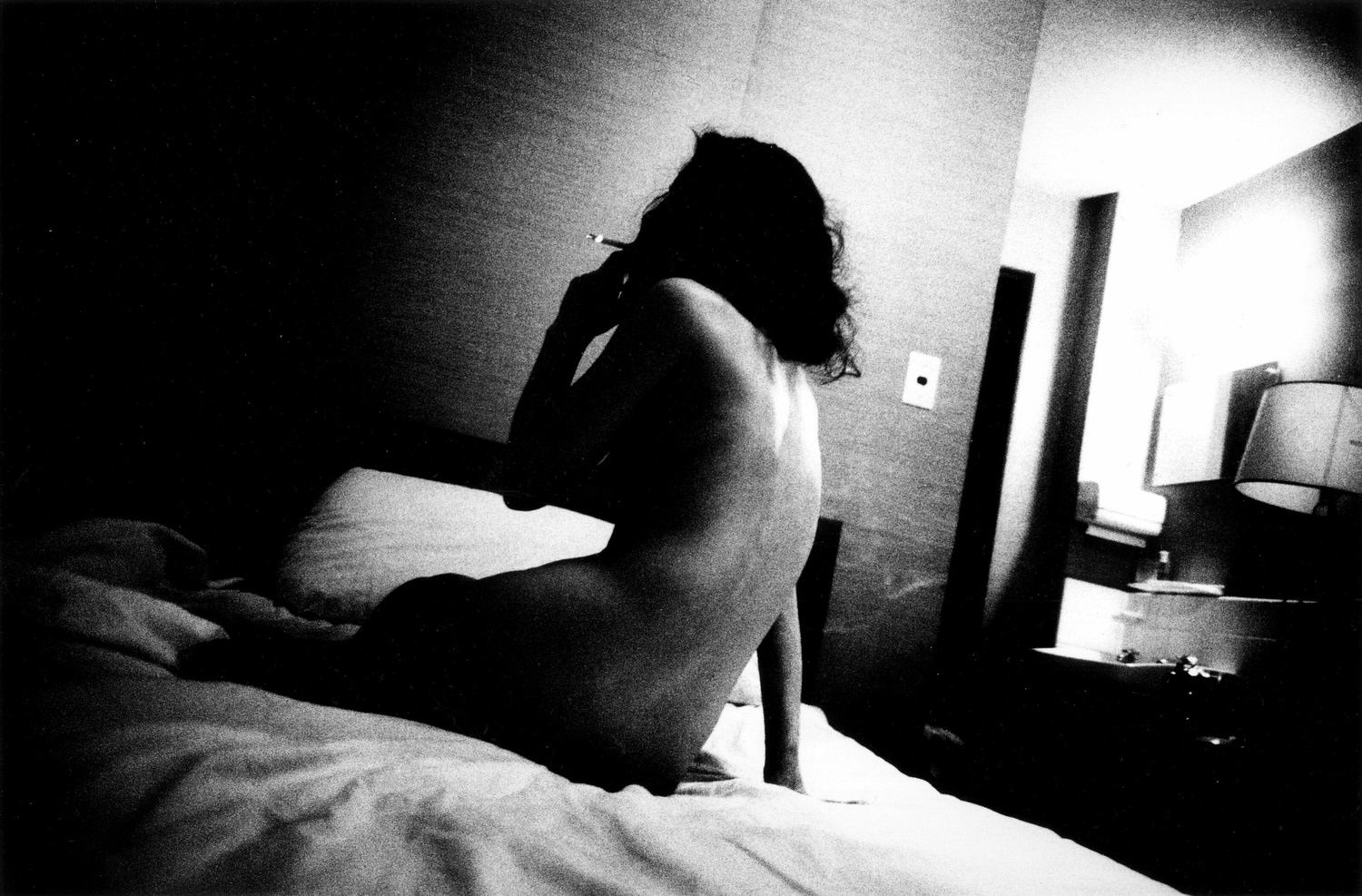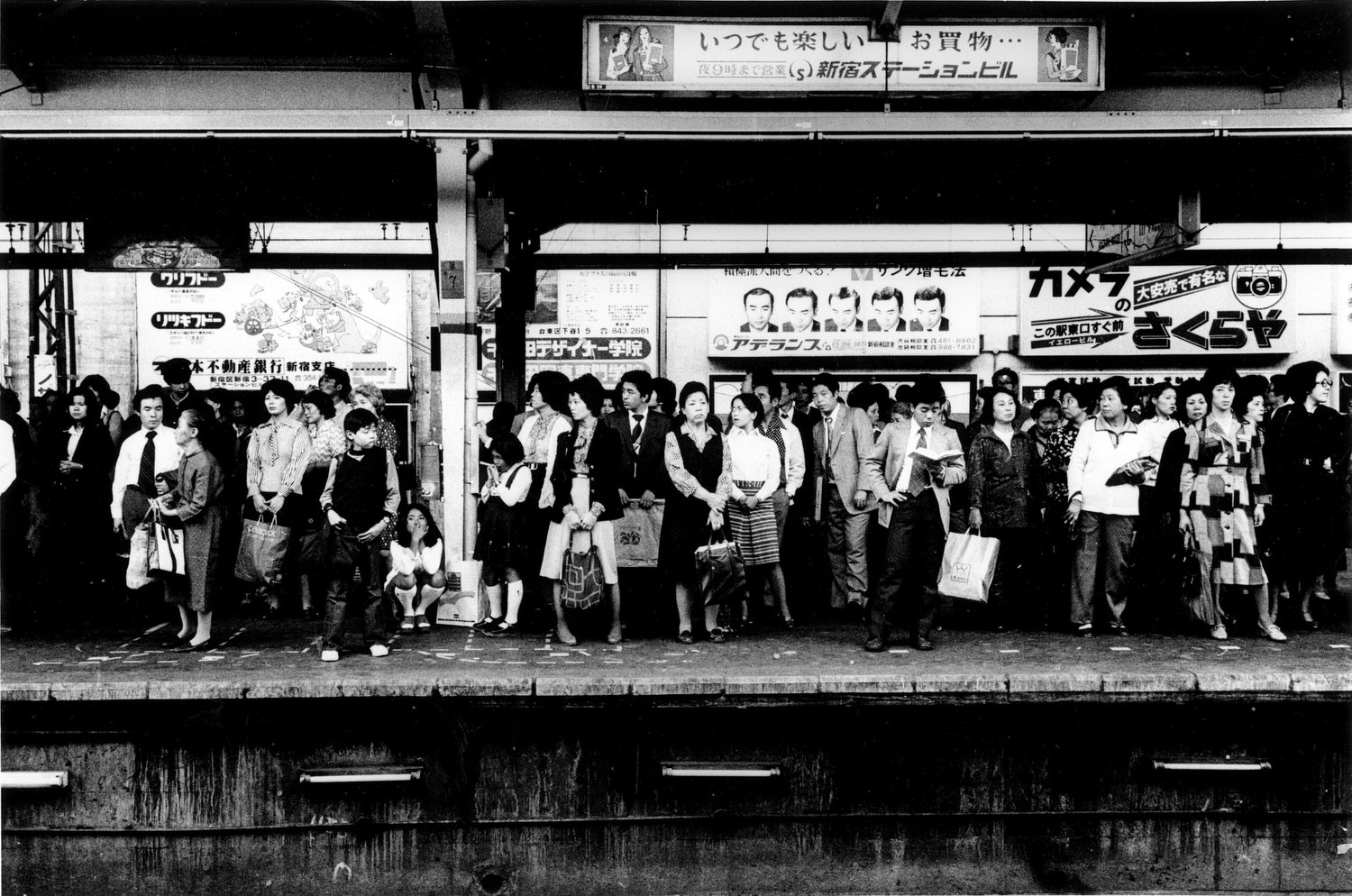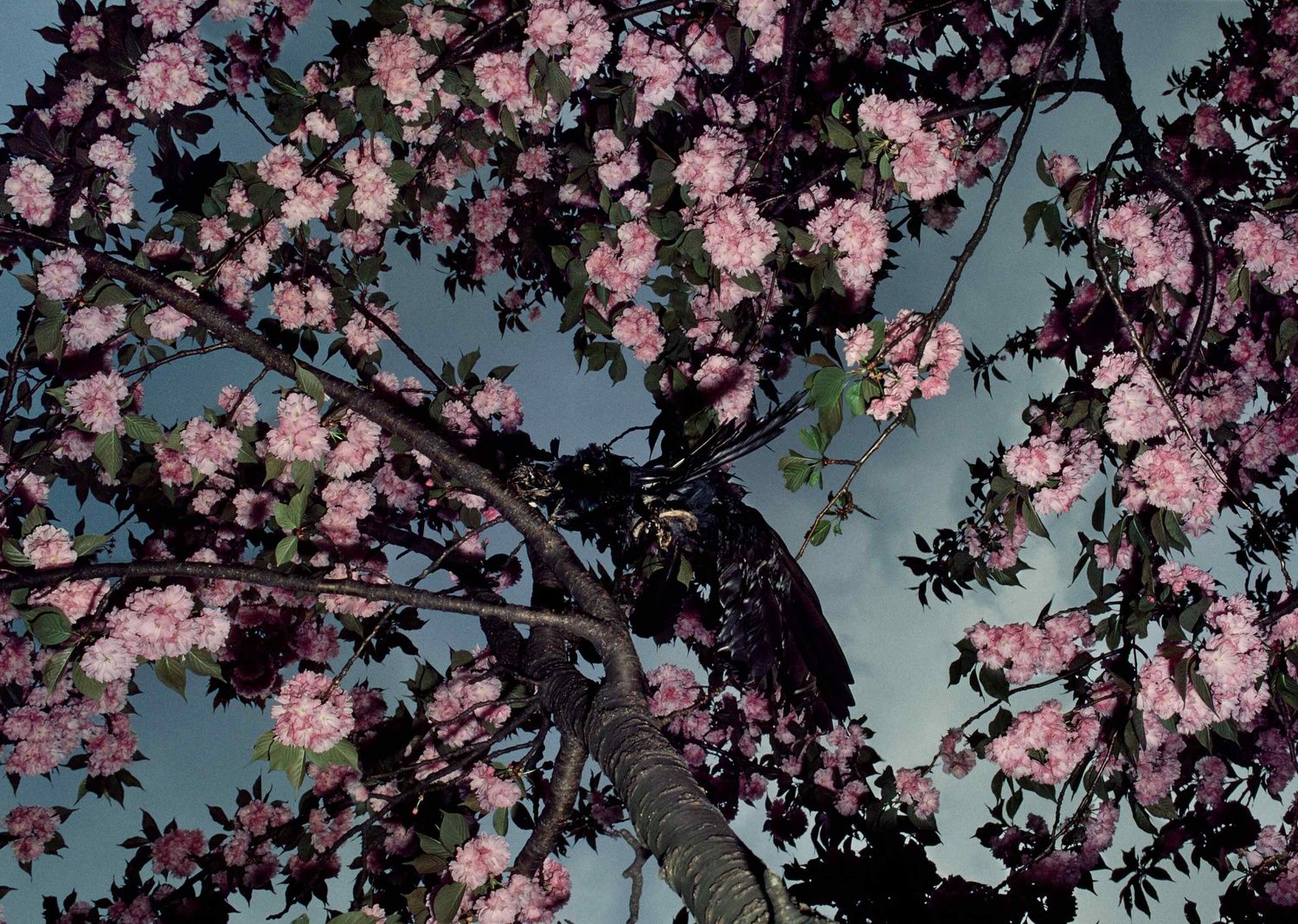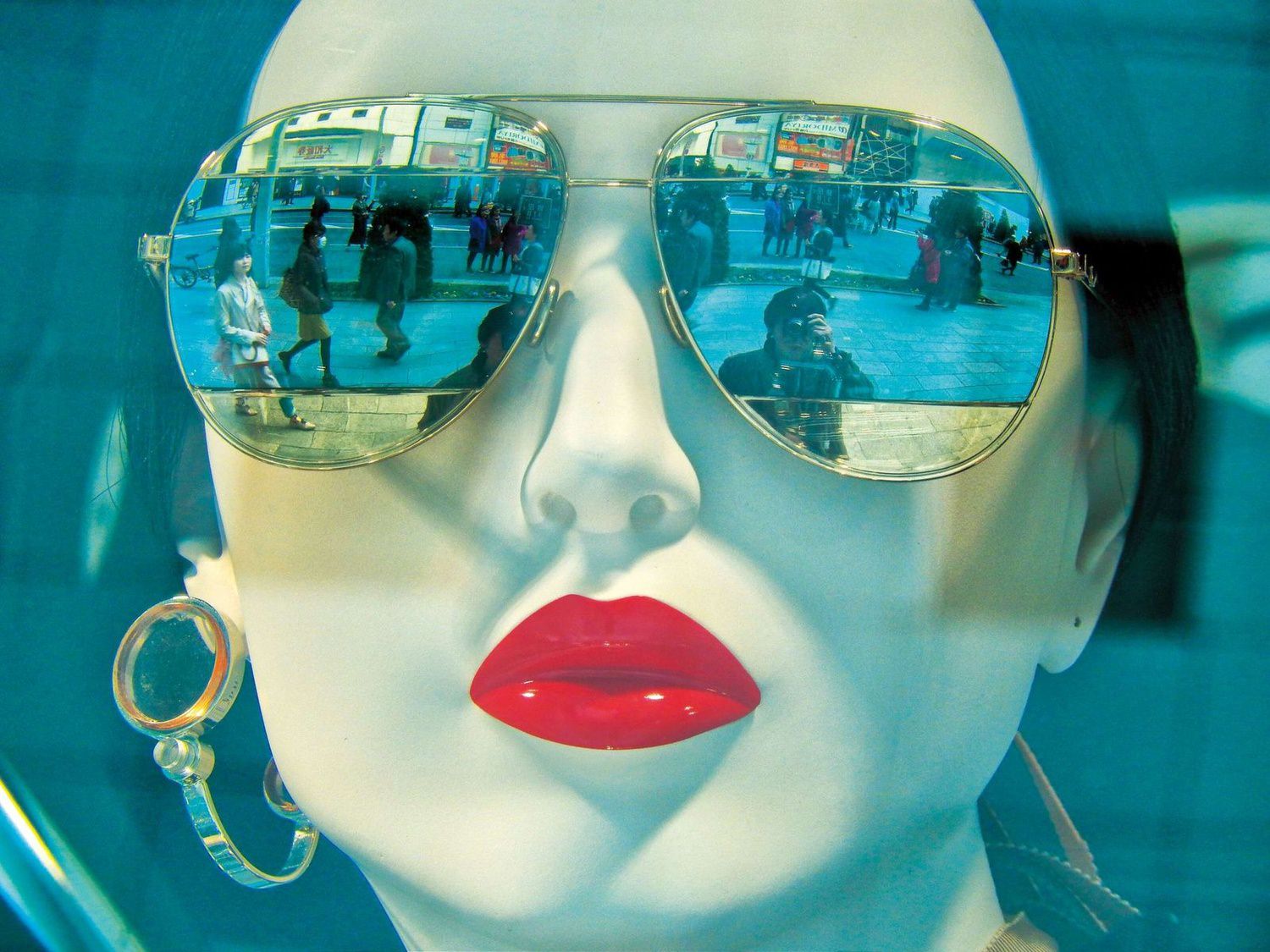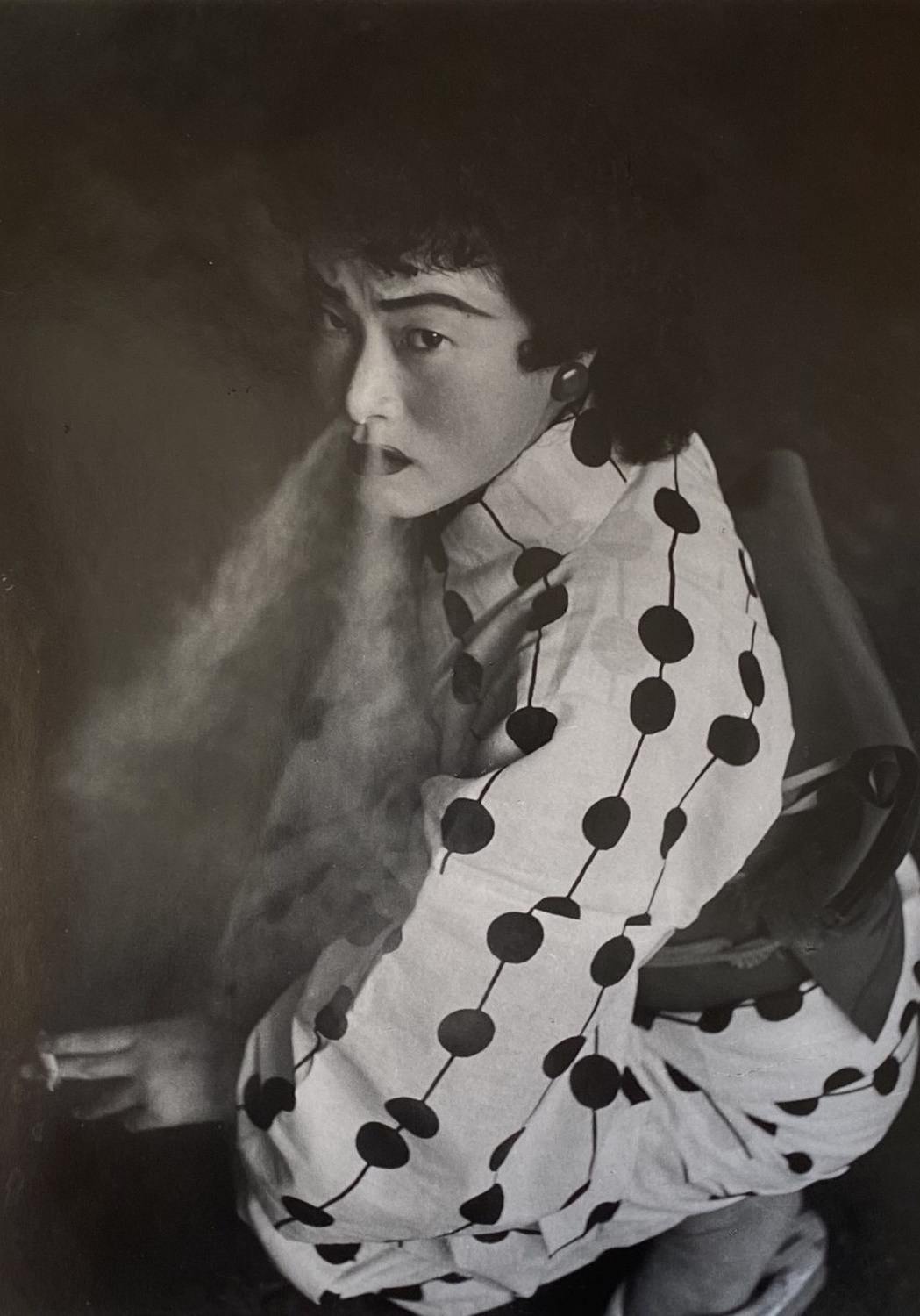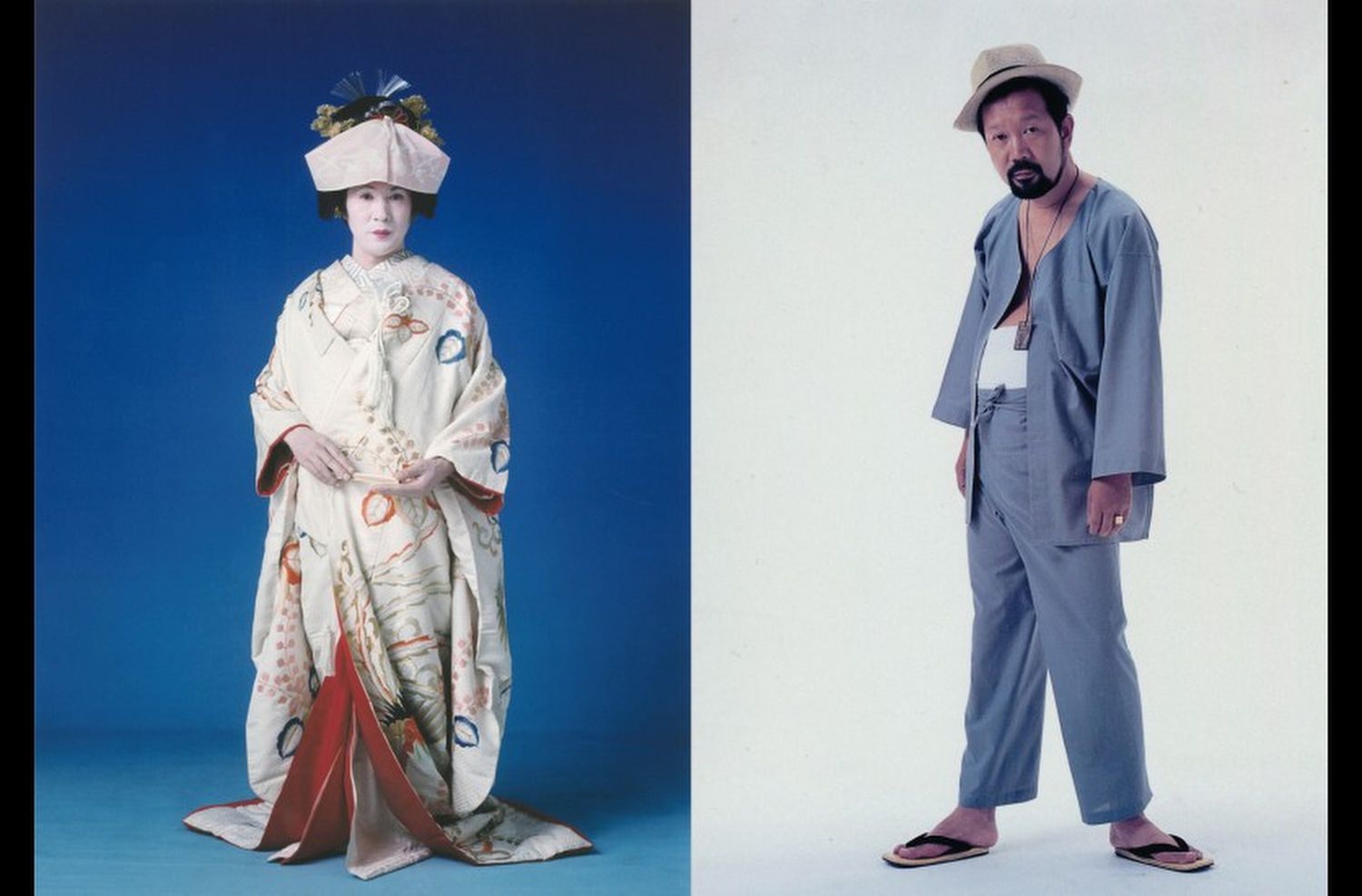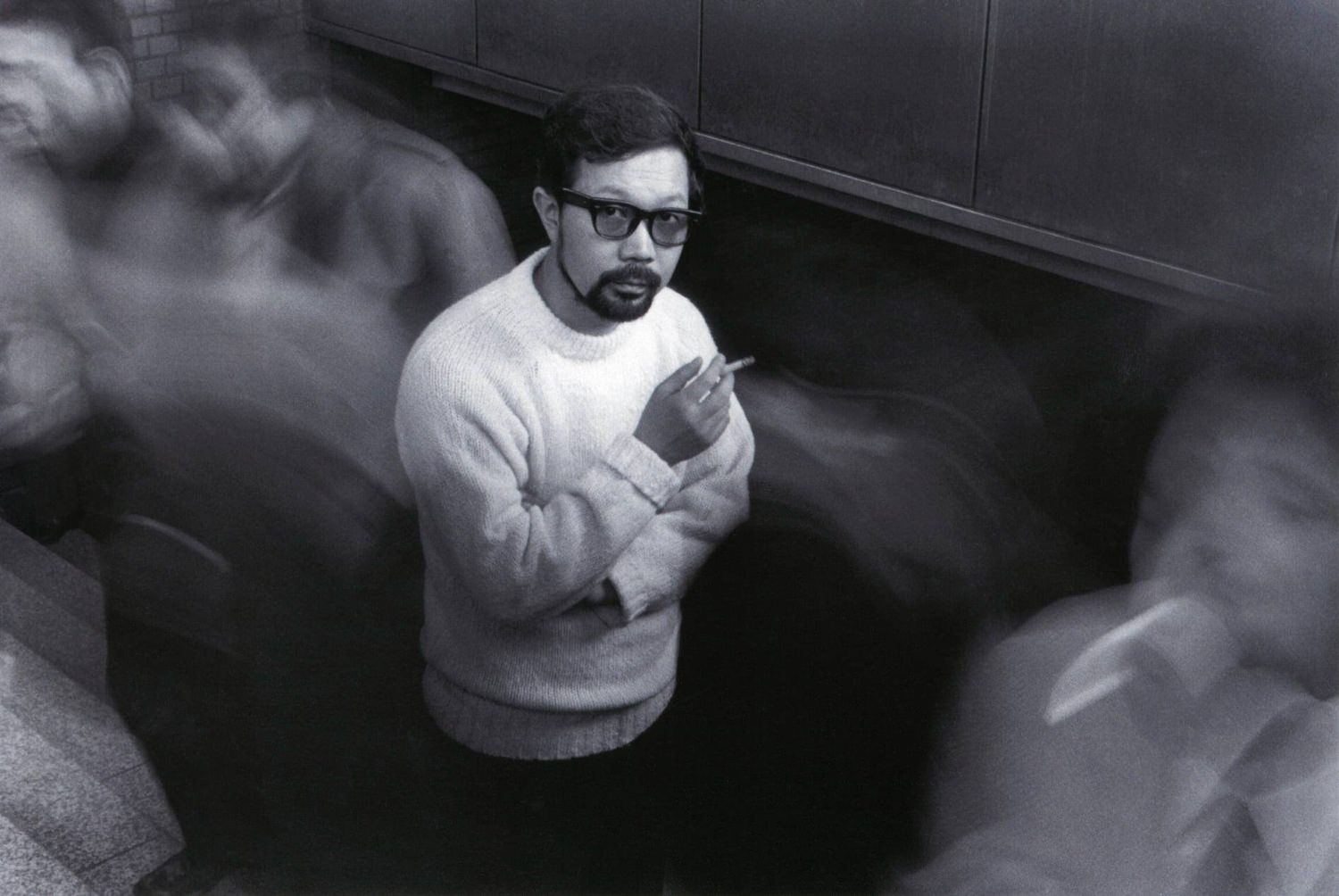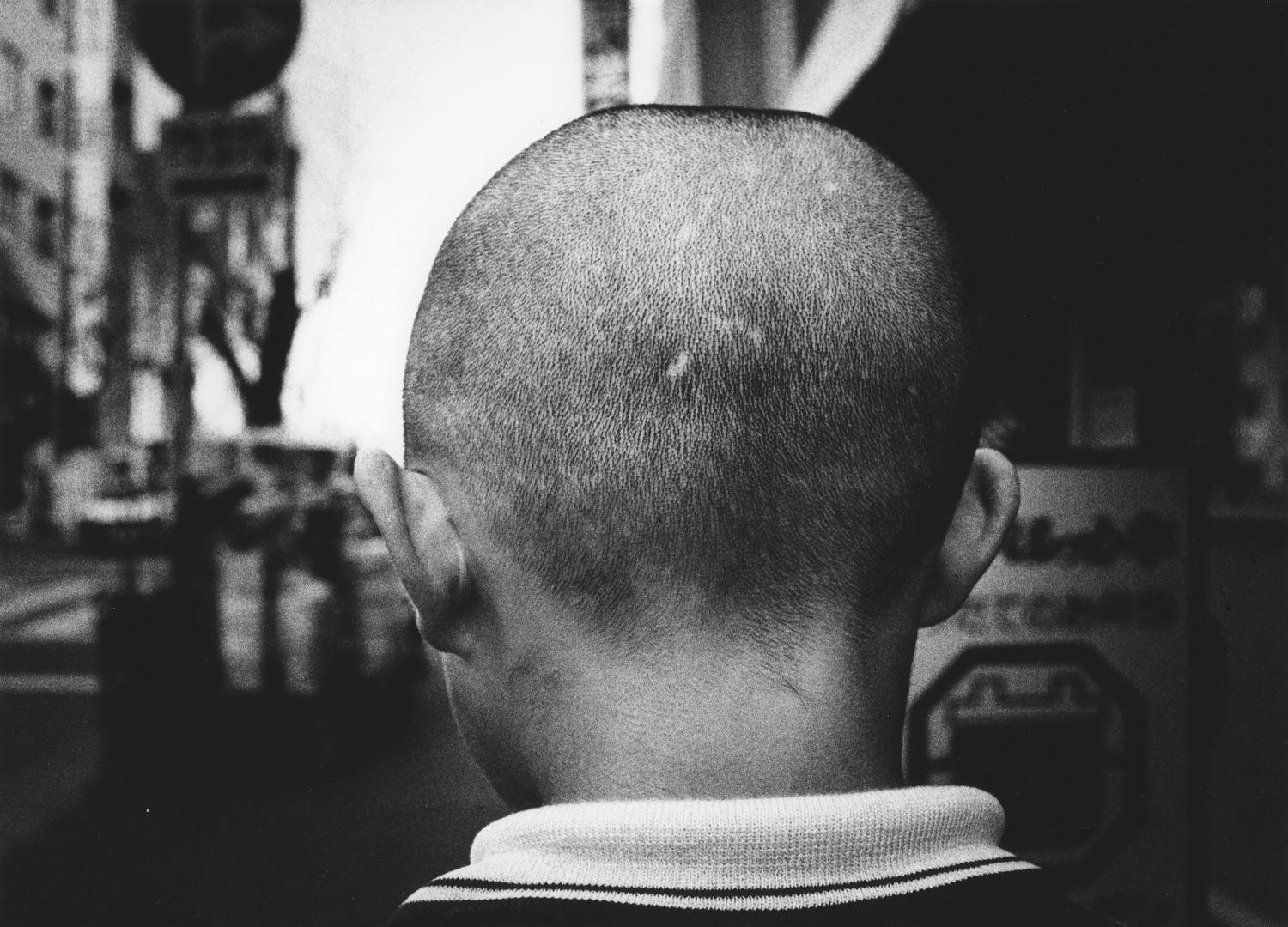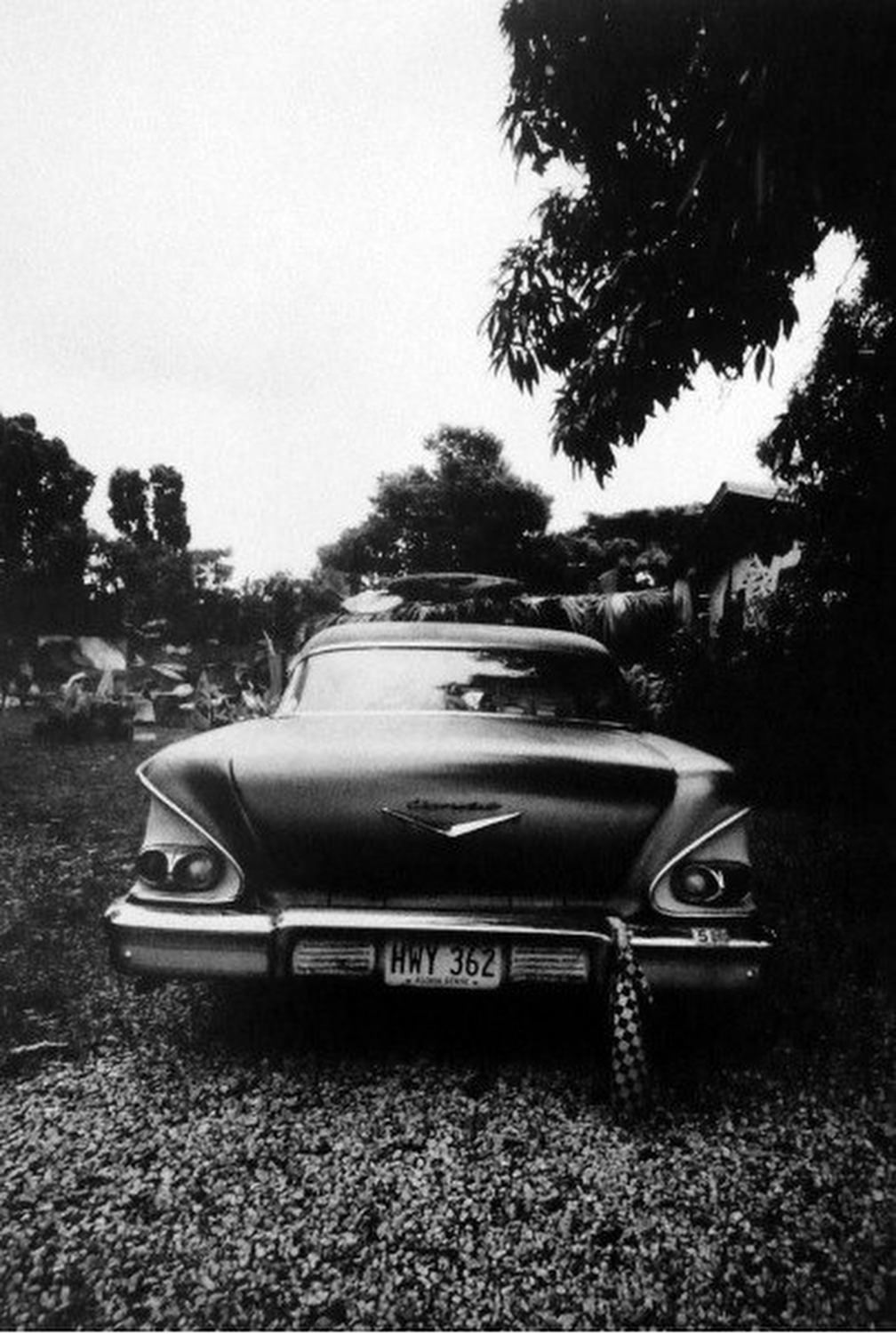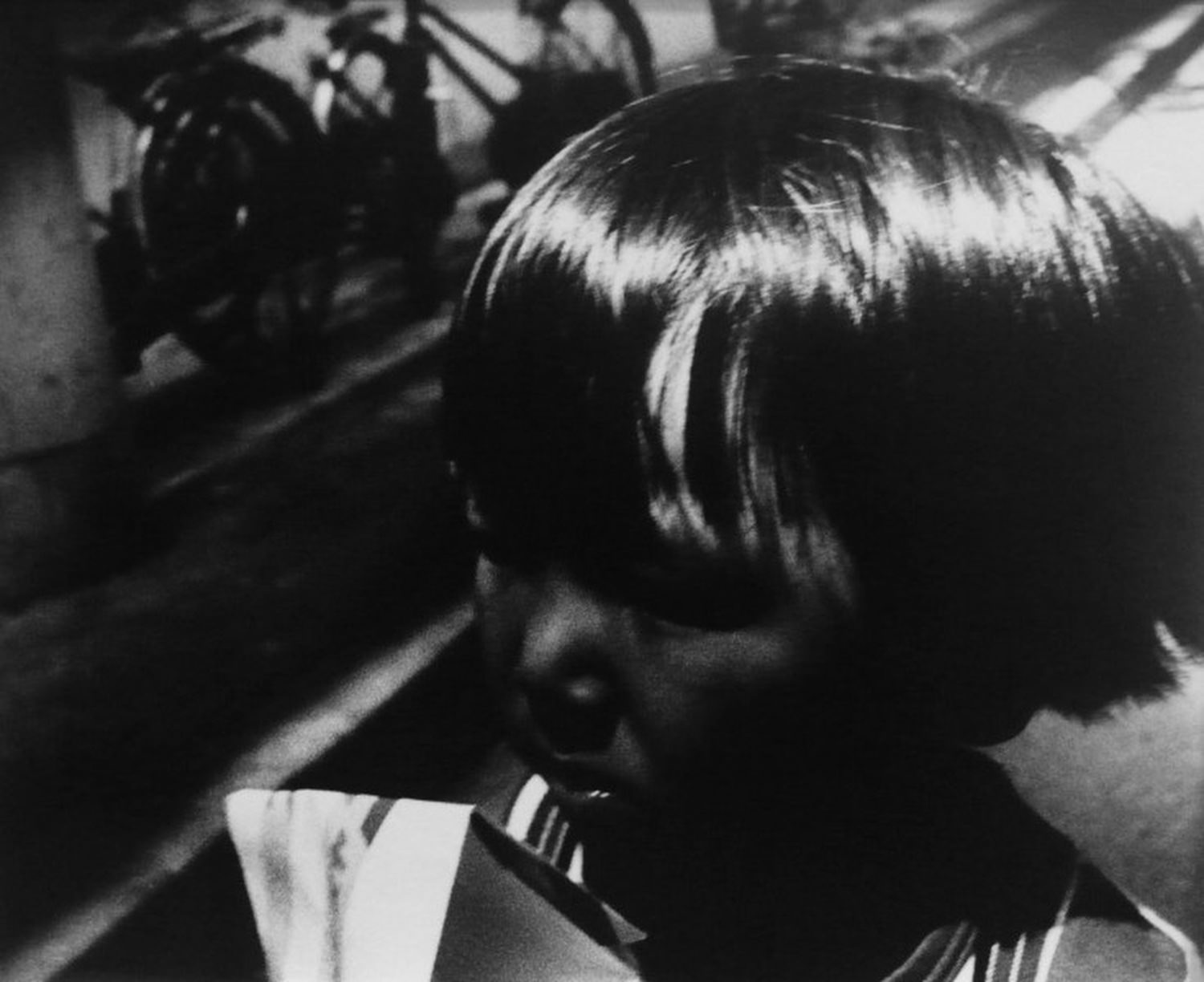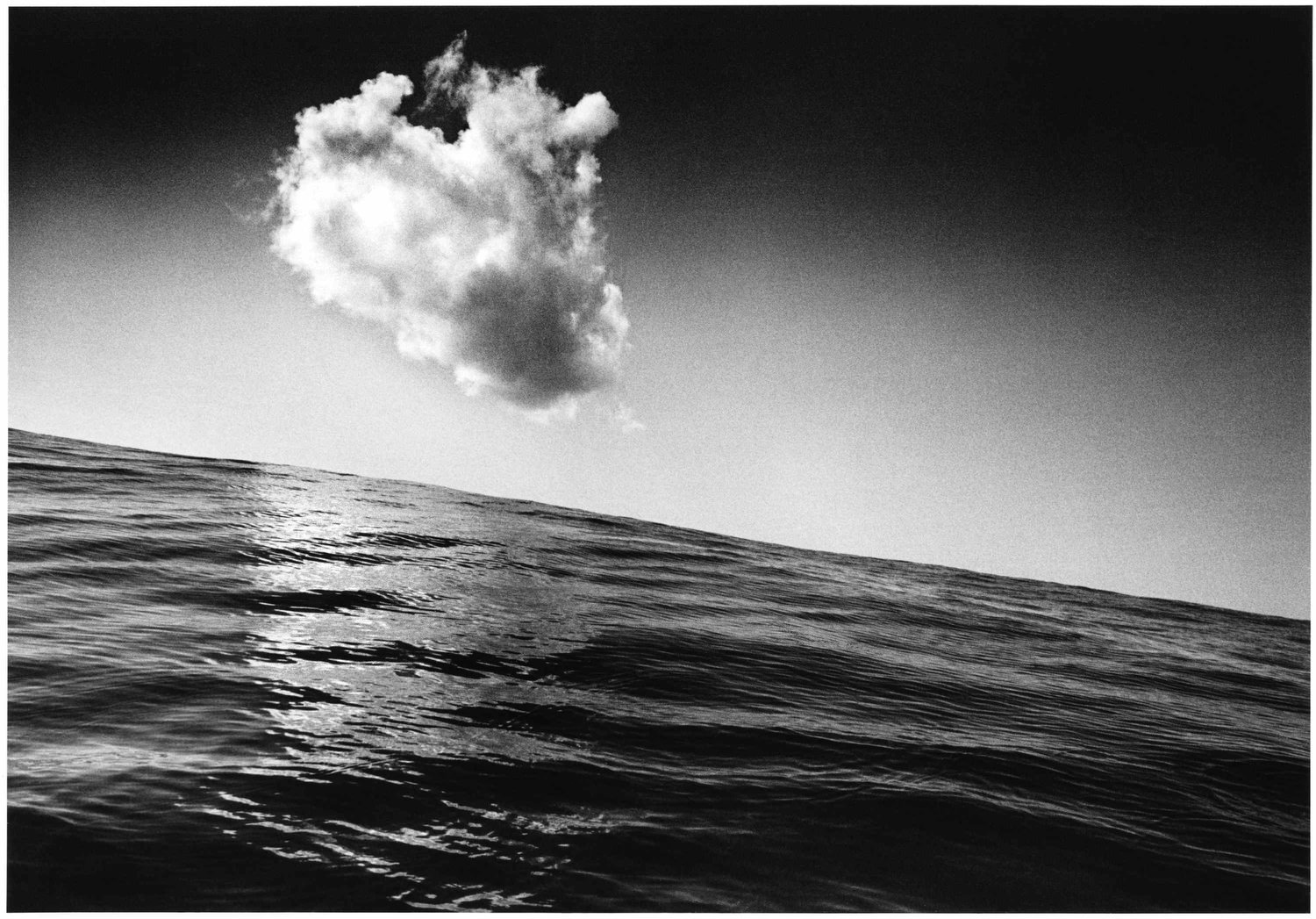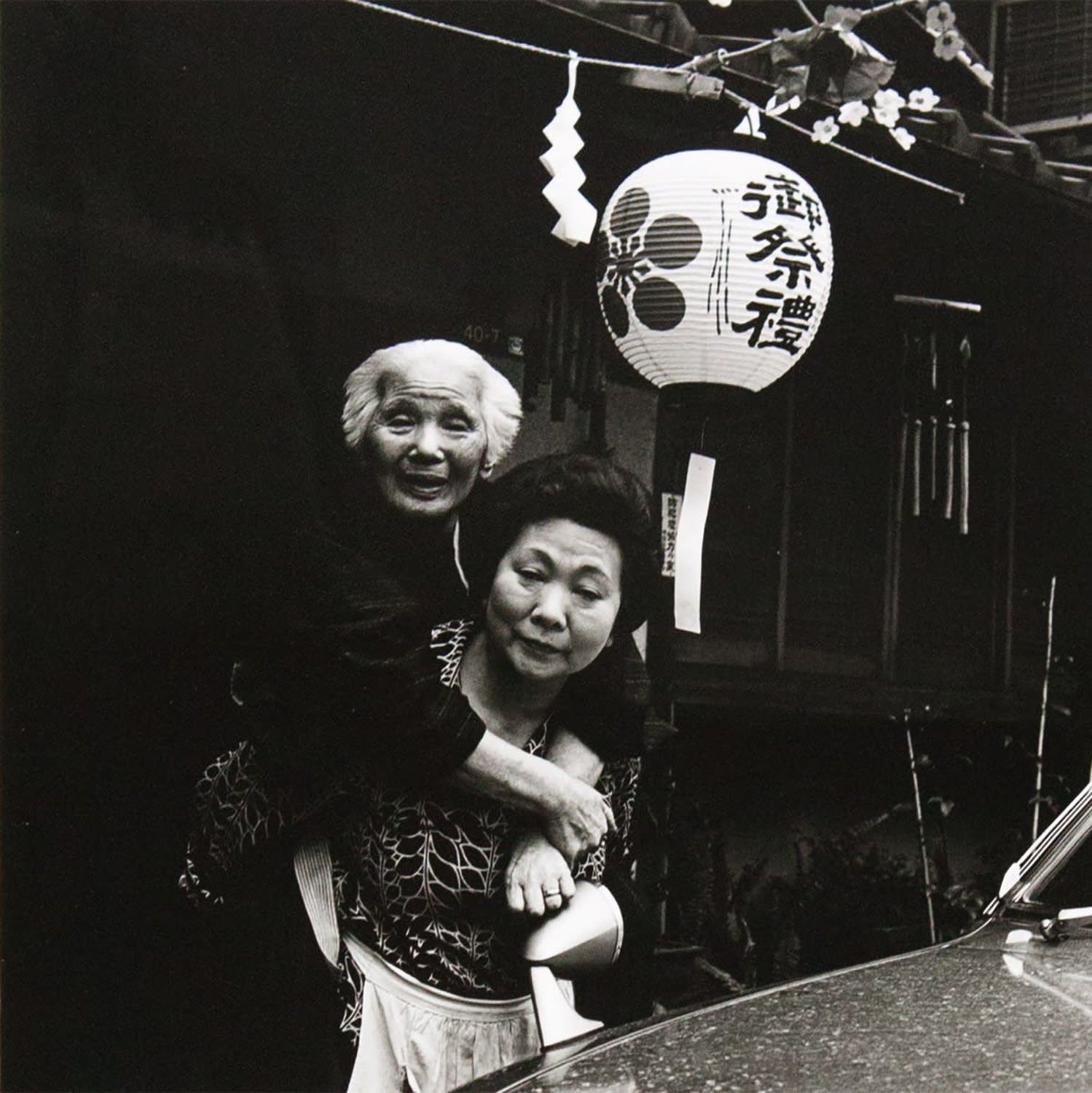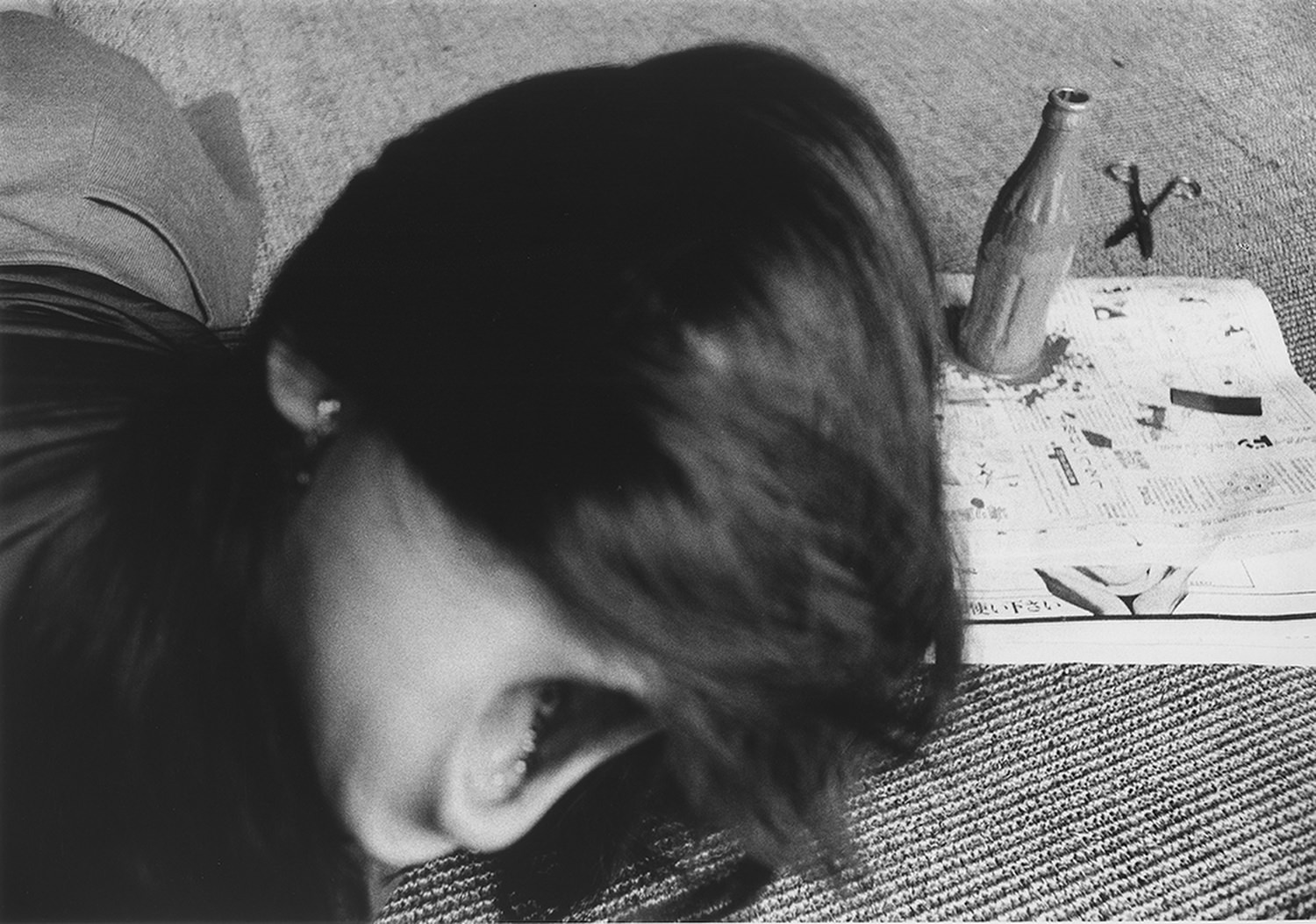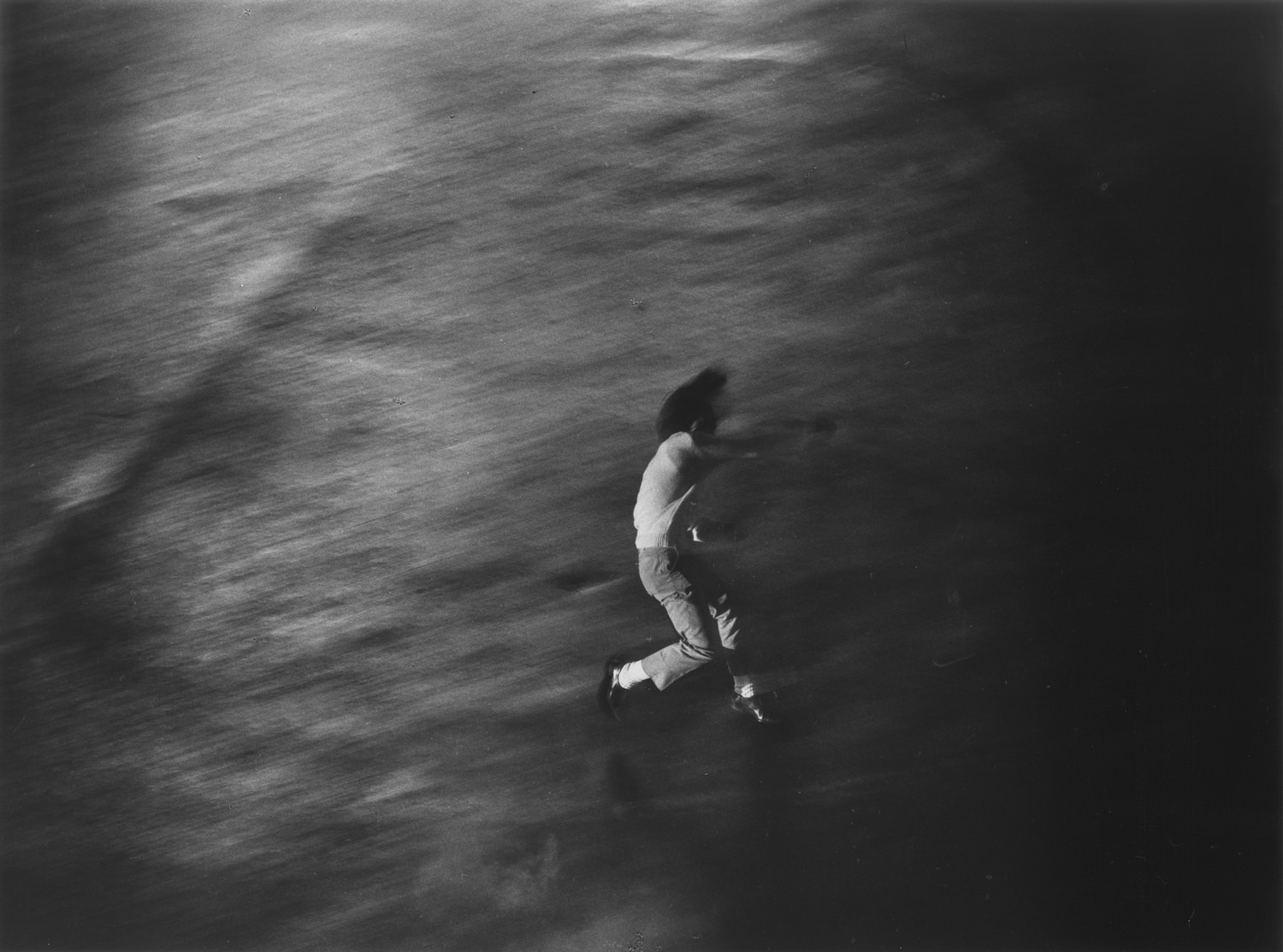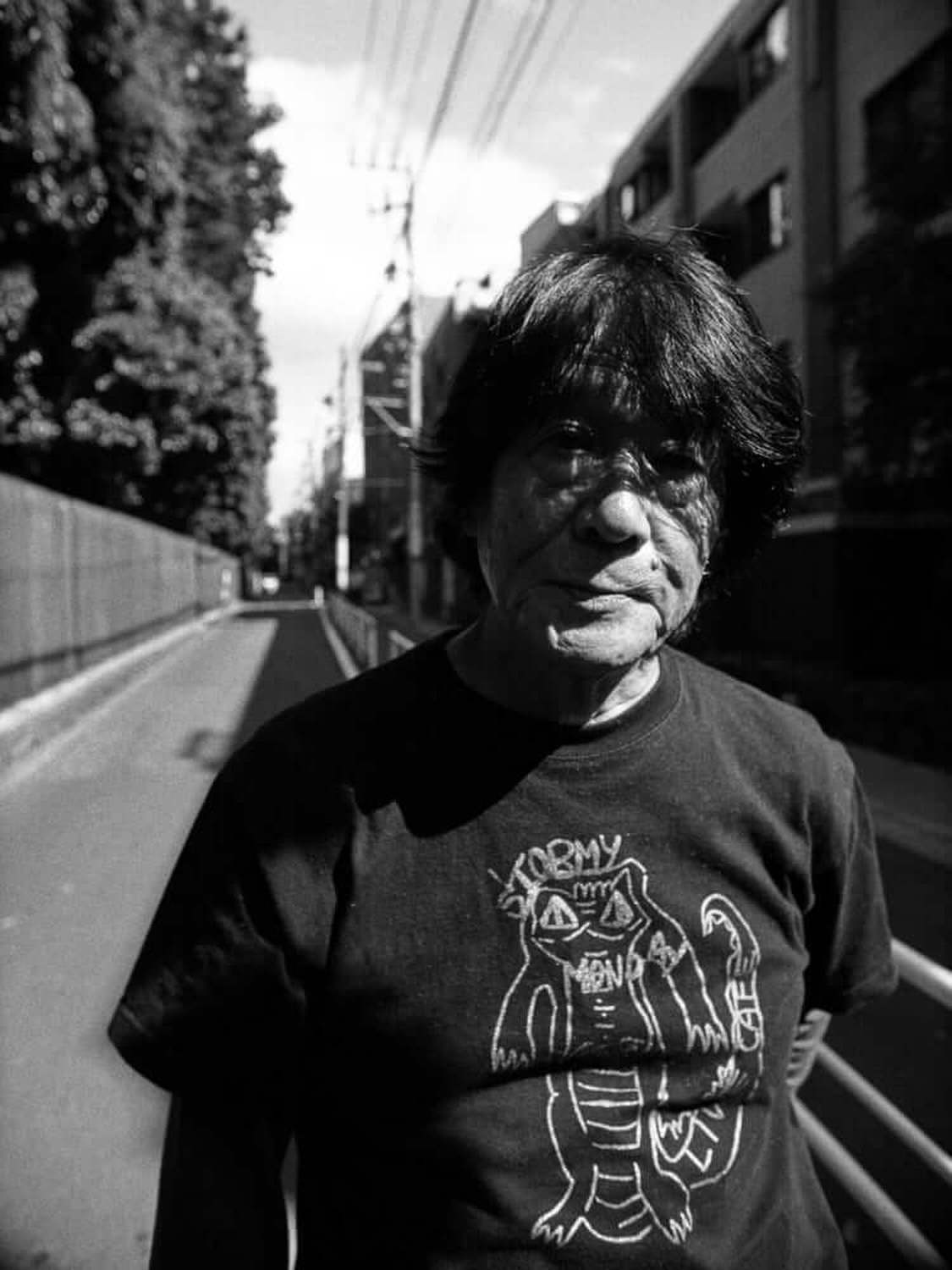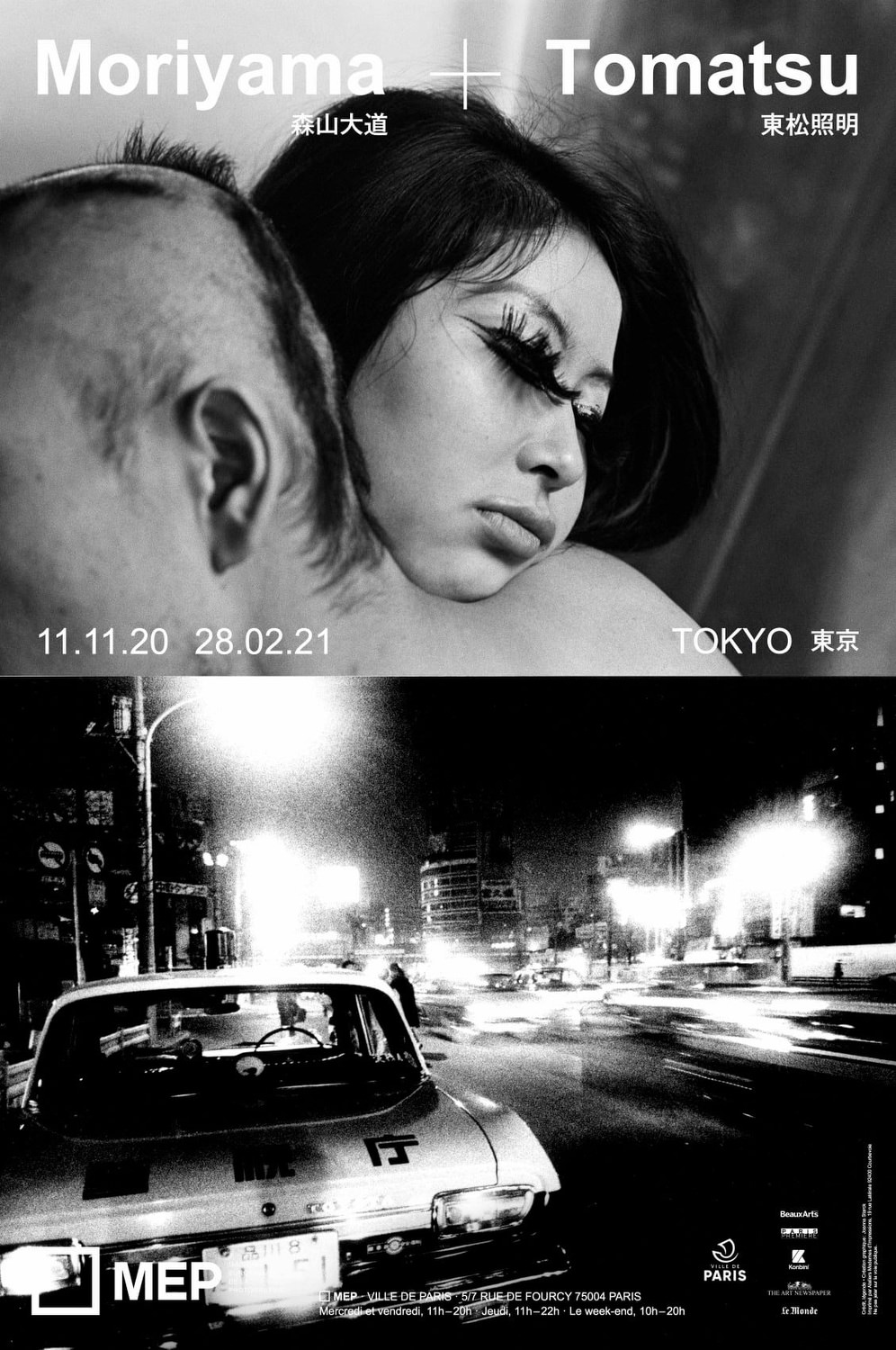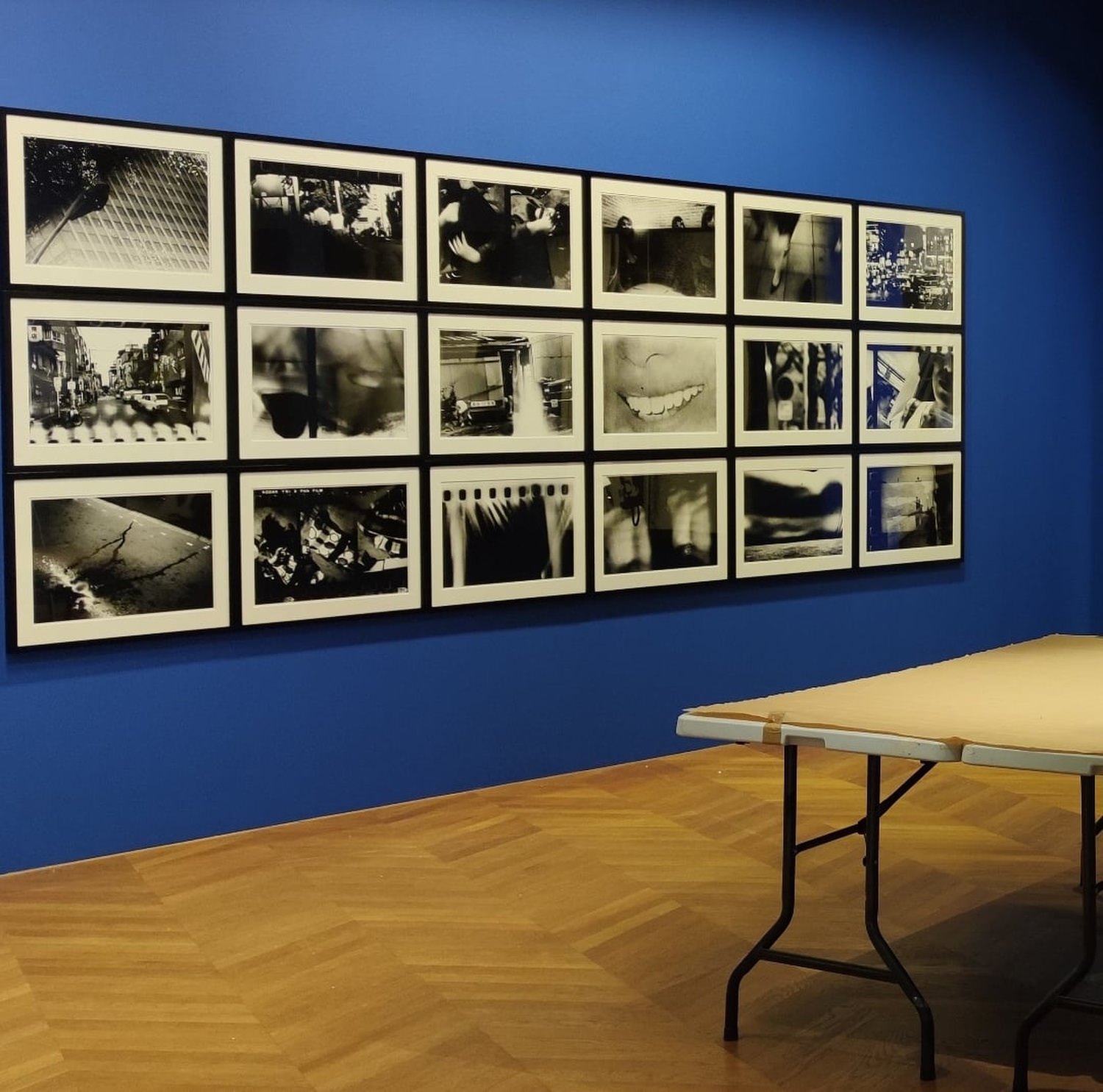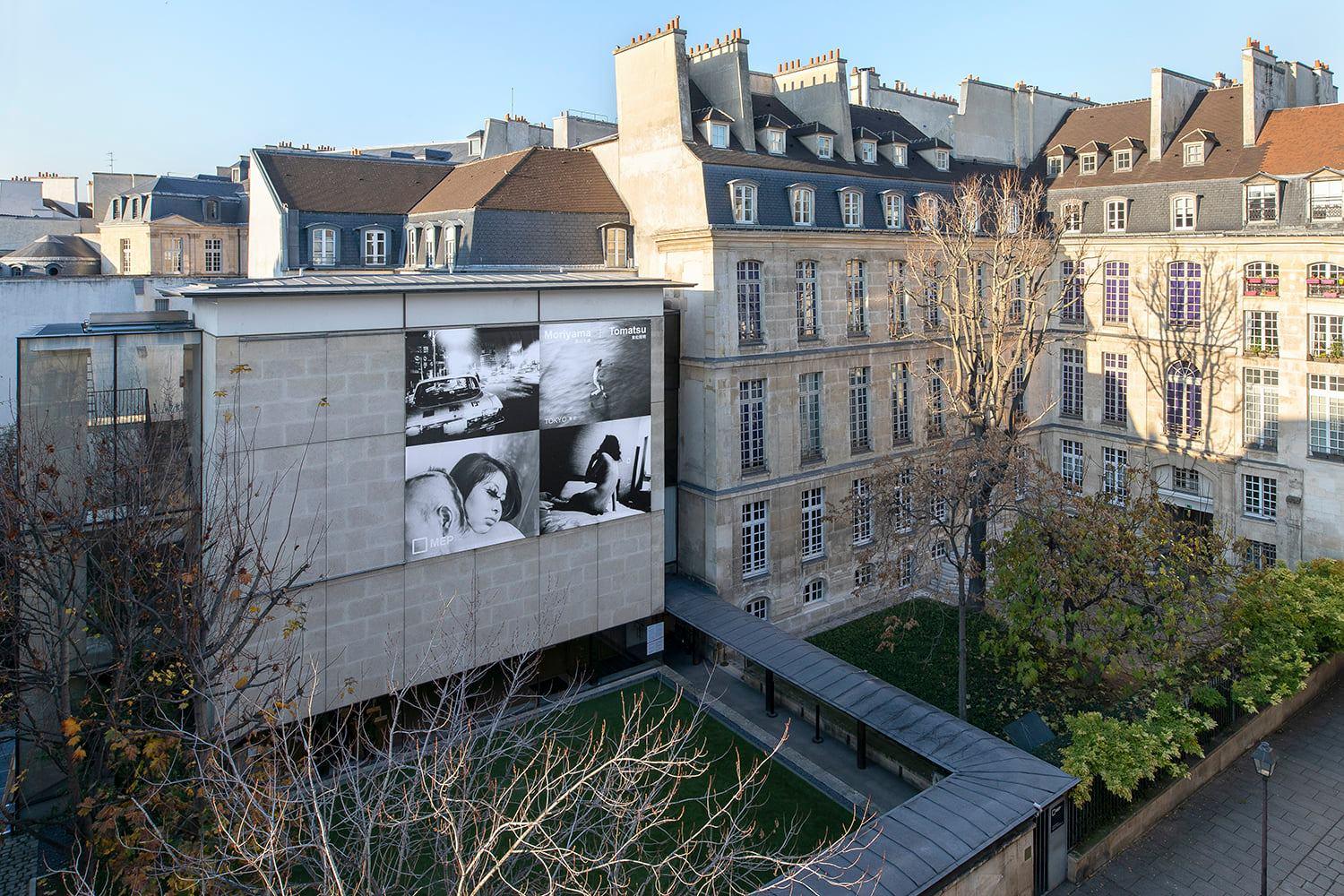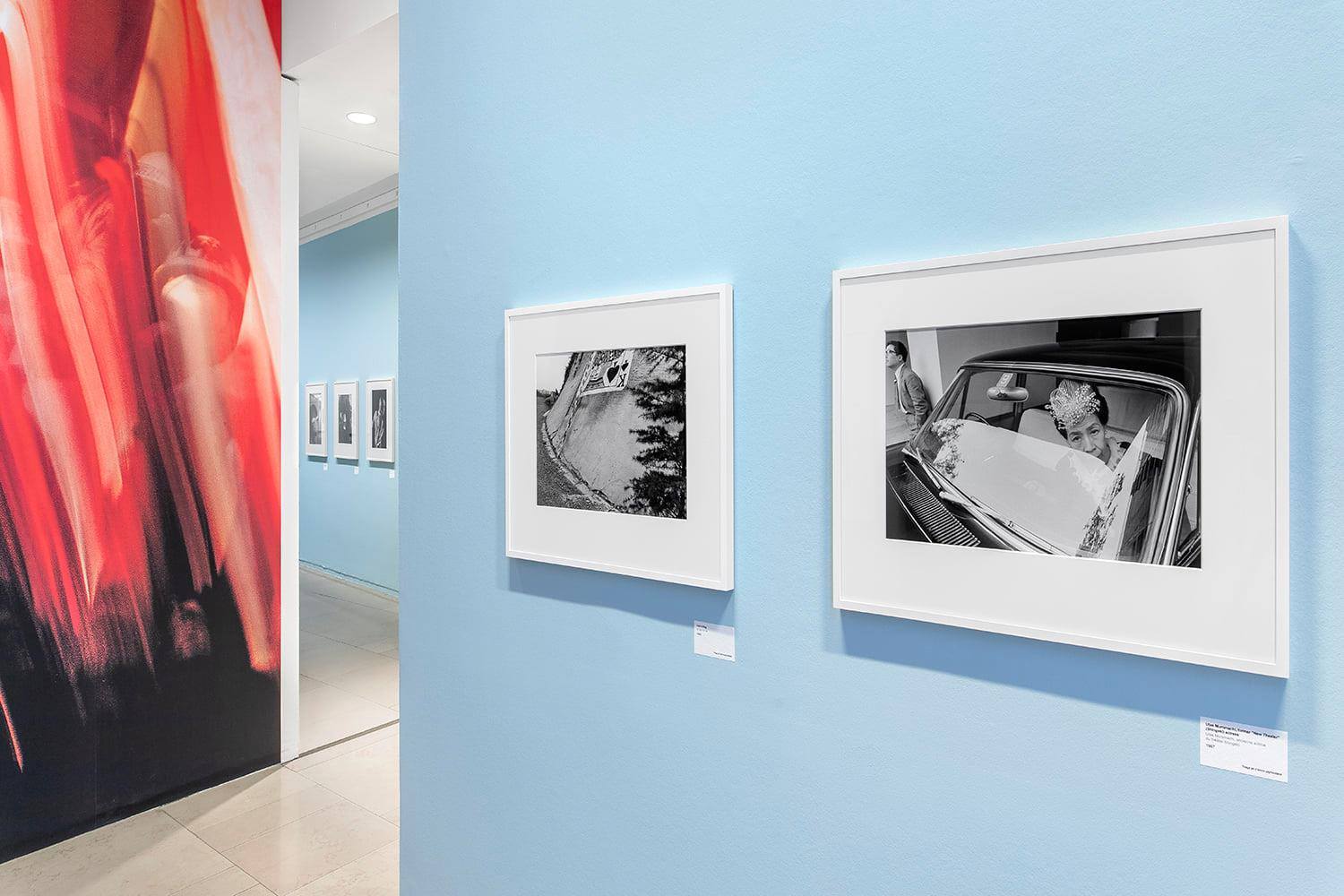Moriyama – Tomatsu: Tokyo
The MEP is pleased to present a major exhibition bringing together two great masters of post-war Japanese photography.
The Moriyama – Tomatsu: Tokyo exhibition was conceived by artists Daido Moriyama and Shomei Tomatsu – before the latter’s death in 2012 – as a way to celebrate their city around a first artistic collaboration.
From Wednesday, December 16, the MEP is proud to bring together more than 400 works from the 1950s to today, which we owe to two of the most influential and essential photographers of our time. In their way, each of them nurtured a real passion for the city of Tokyo, which they have been leading for decades. This double retrospective is the first devoted to Tomatsu in France and one of the most important around the work of Moriyama. It’s a tribute to Japanese photography and the world’s greatest metropolis.
Conceived jointly by Simon Baker, Pascal Hoël and Frédérique Dolivet (for the MEP), Daido Moriyama and Ms. Yasuko Tomatsu, and with the collaboration of Akio Nagasawa, Moriyama – Tomatsu: Tokyo is not only the realization of a historic project that had not never seen the light of day until then, but it is the first major exhibition of Shomei Tomatsu’s work in Paris. On the two main floors of the MEP – the second floor will be devoted to Tomatsu, the third to Moriyama – the exhibition presents more than 300 works, most of which for the first time in Paris.
Staging this historical exhibition was the dream of two great photographers and friends. Through a significant overview of the works of both Moriyama and Tomatsu, Moriyama – Tomatsu: Tokyo highlights a shared fascination with the Japanese capital that both artists spent decades exploring.
The show was curated in close collaboration with Daido Moriyama and Tomatsu’s widow and collaborator, Yasuko Tomatsu; the exhibition is drawn from the two artists’ initial list of works – enriched and adapted for the occasion – in a comprehensive and coherent journey through their lives and work.
A new three-volume catalogue has been published in both French and English by Akio Nagasawa to accompany the exhibition. With an introduction by Simon Baker, this publication also contains previously unpublished translations of crucial texts by Moriyama and Tomatsu.
About the Authors
Shomei Tomatsu
Shomei Tomatsu (1930–2012) created pictures that balance perilously between despair and admiration, anger and delight, articulating the essential conflicts he found in his country after World War II.
Sharp and elegant, they are not so many descriptions as they are records of fleeting, unremarkable moments. The first photographer to explore the experience of postwar Japan and its ambiguous relationship to the United States, Tomatsu would portray this subject more thoroughly and intensely than any other photographer. Only toward the end of his life was the issue of the Americanization of his country somewhat lessened in his work.
In an attempt to move beyond the standard idioms of war-era reportage, Tomatsu developed an expressionistic documentary approach that combined literal description with heavily stylized printing techniques, dramatic manipulations of scale, and symbolism. He examined the effects of the atom bombs, American occupation, and rapid industrialization on traditional modes of life in Japan, and was particularly drawn to the corrosive impact of American advertising and popular culture on the smaller, more isolated Japanese islands such as Okinawa.
Daido Moriyama
Daido Moriyama has a self-proclaimed addiction to cities. At age 73, his work still shares the same inclination to record his surroundings as his earliest pictures, taken during the dramatic transformation of 1960s post-war Japan.
Moriyama used his camera to document his country’s American military occupation and the dissolution of traditional values experienced alongside accelerated modernization. In a process he maintains today, Moriyama shot with a small hand-held automatic camera, rarely with attention to the viewfinder (firing his shutter as if by a machine gun.) In his depictions of city life, Moriyama documents cultural change and chaotic urban experience, typically in grainy, black-and-white, high-contrast images, which he prints himself. Early influences include photographers Eikoh Hosoe, Eugène Atget, Weegee, and William Klein, all of whom shared a similar affection for city life dynamics.
MORIYAMA – TOMATSU : TOKYO
DAIDO MORIYAMA & SHOMEI TOMATSU
MAISON EUROPÉENNE DE LA PHOTOGRAPHIE
PARIS
Through 28 February 2021
More info on:
https://www.mep-fr.org/

